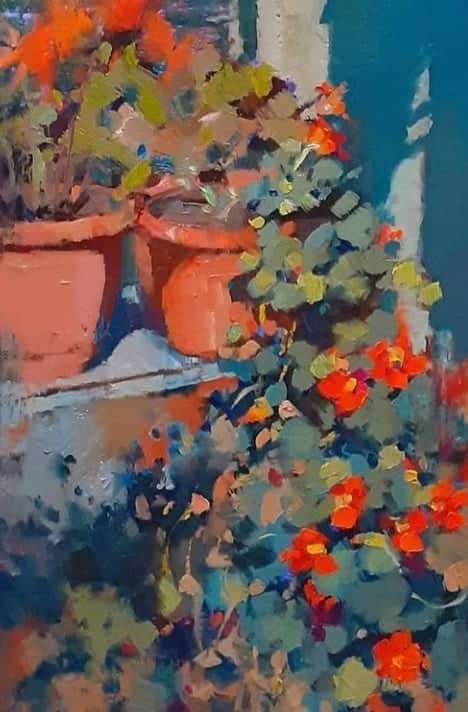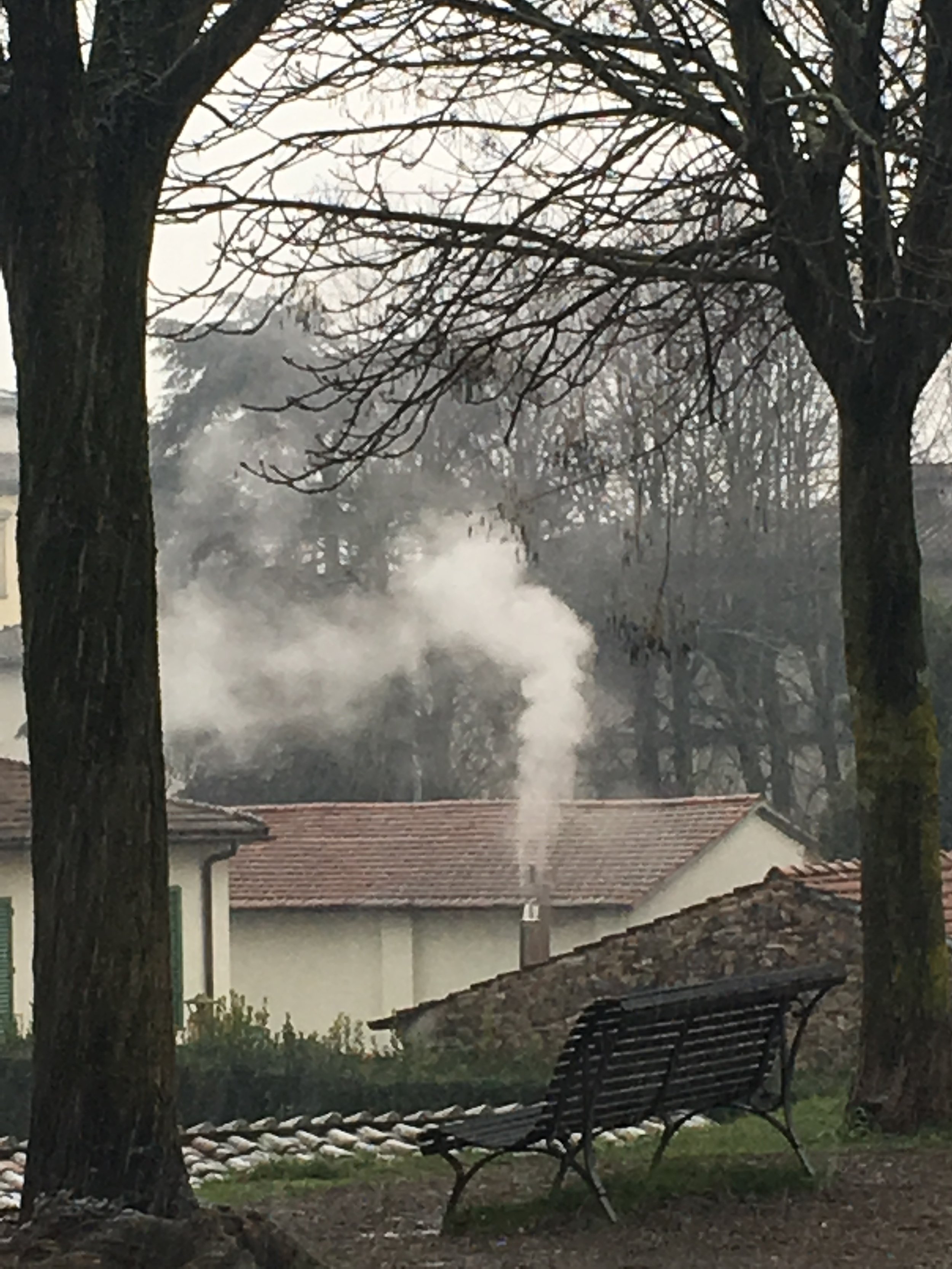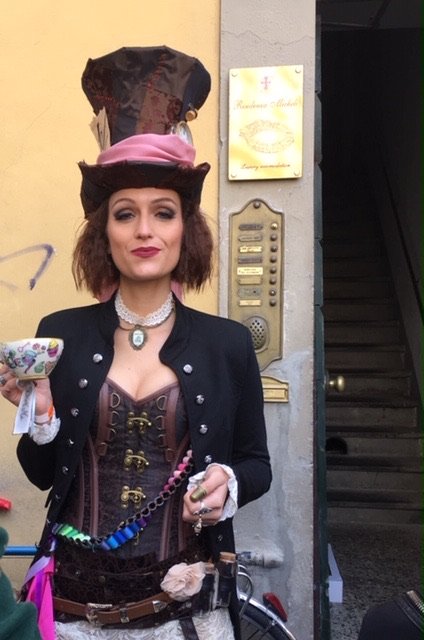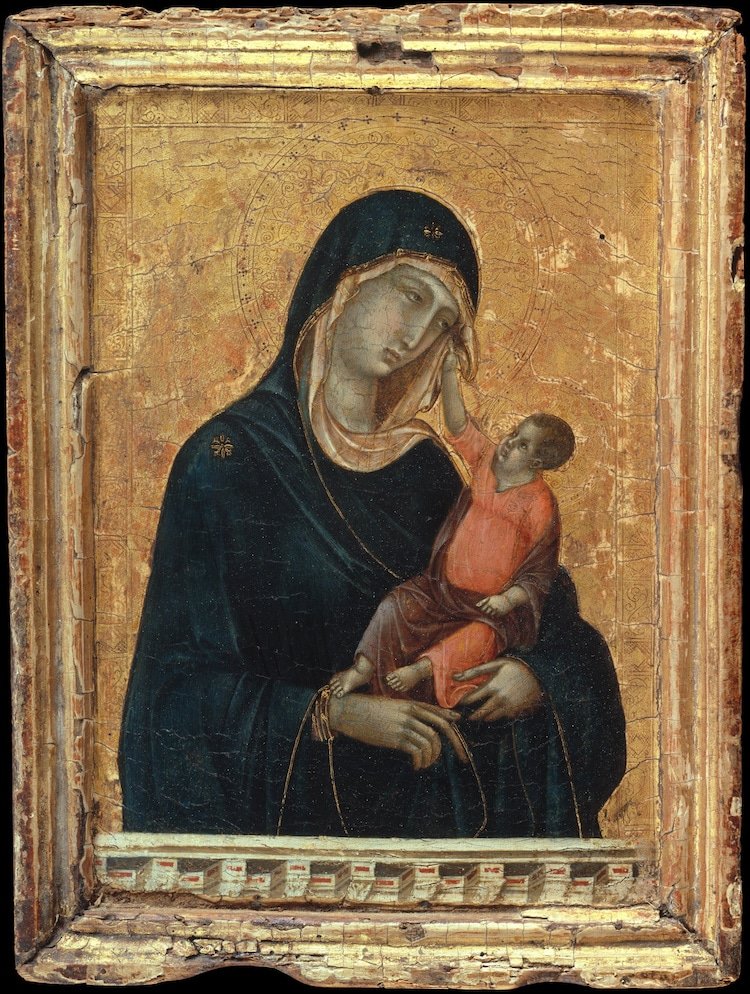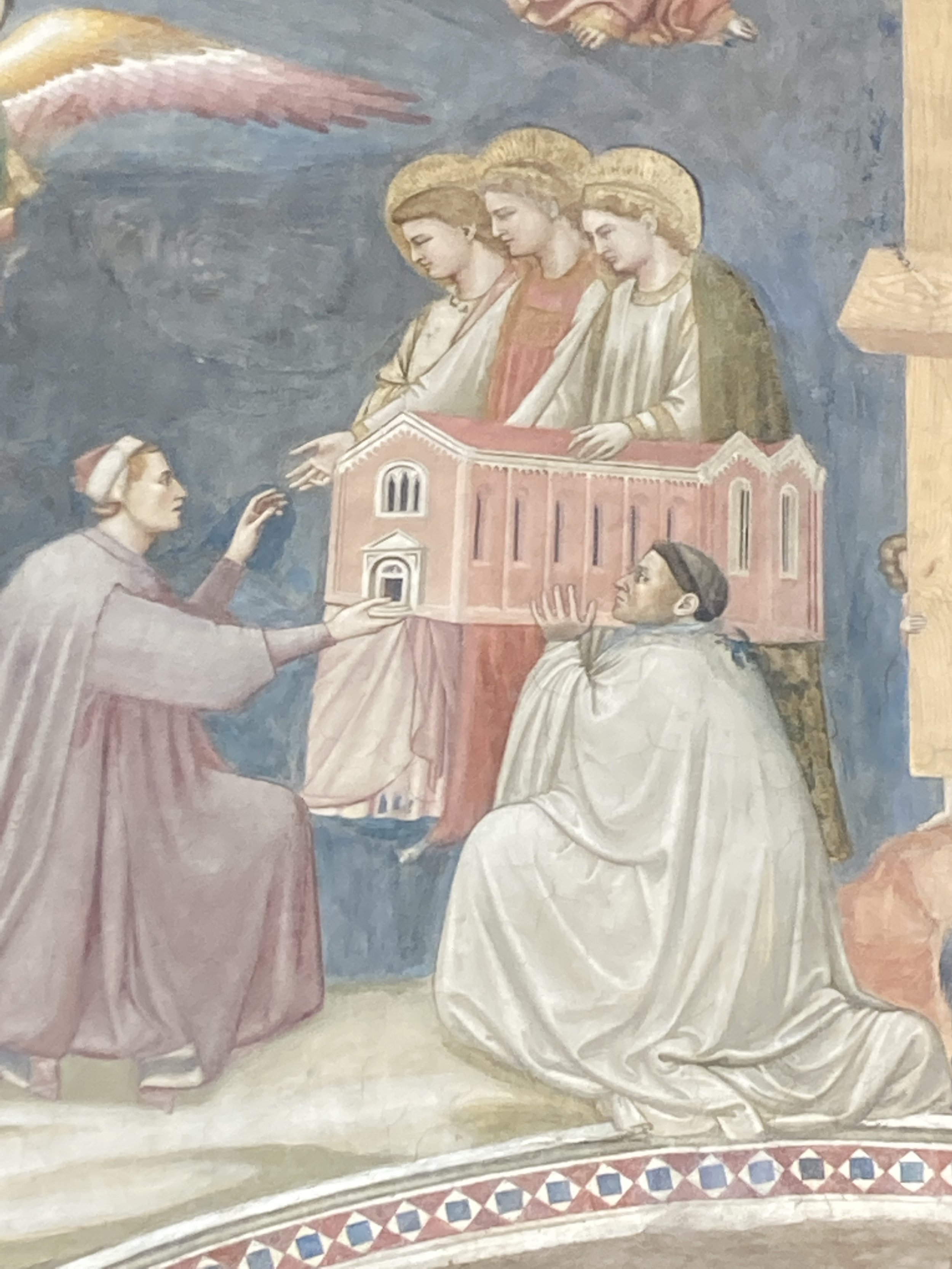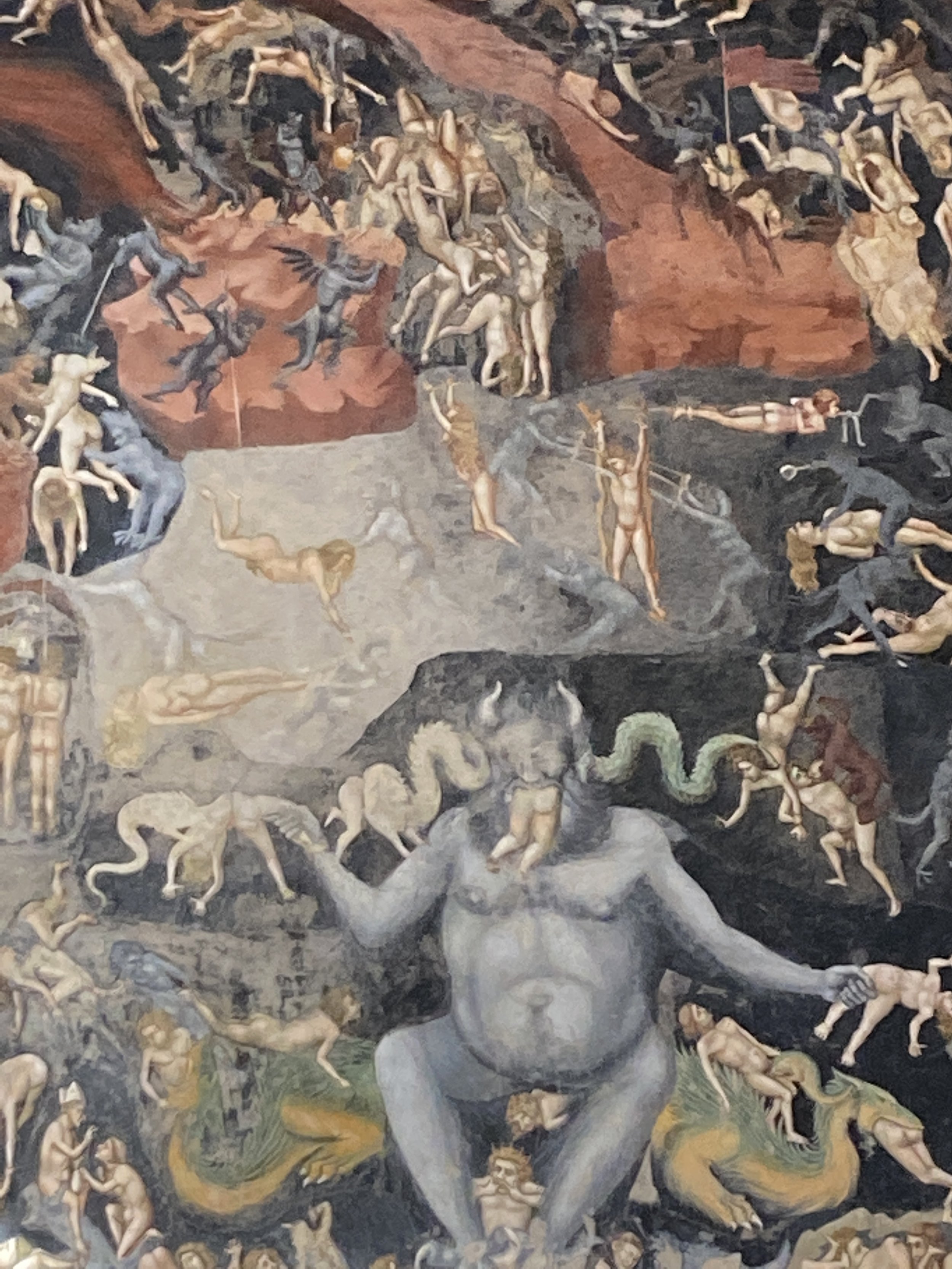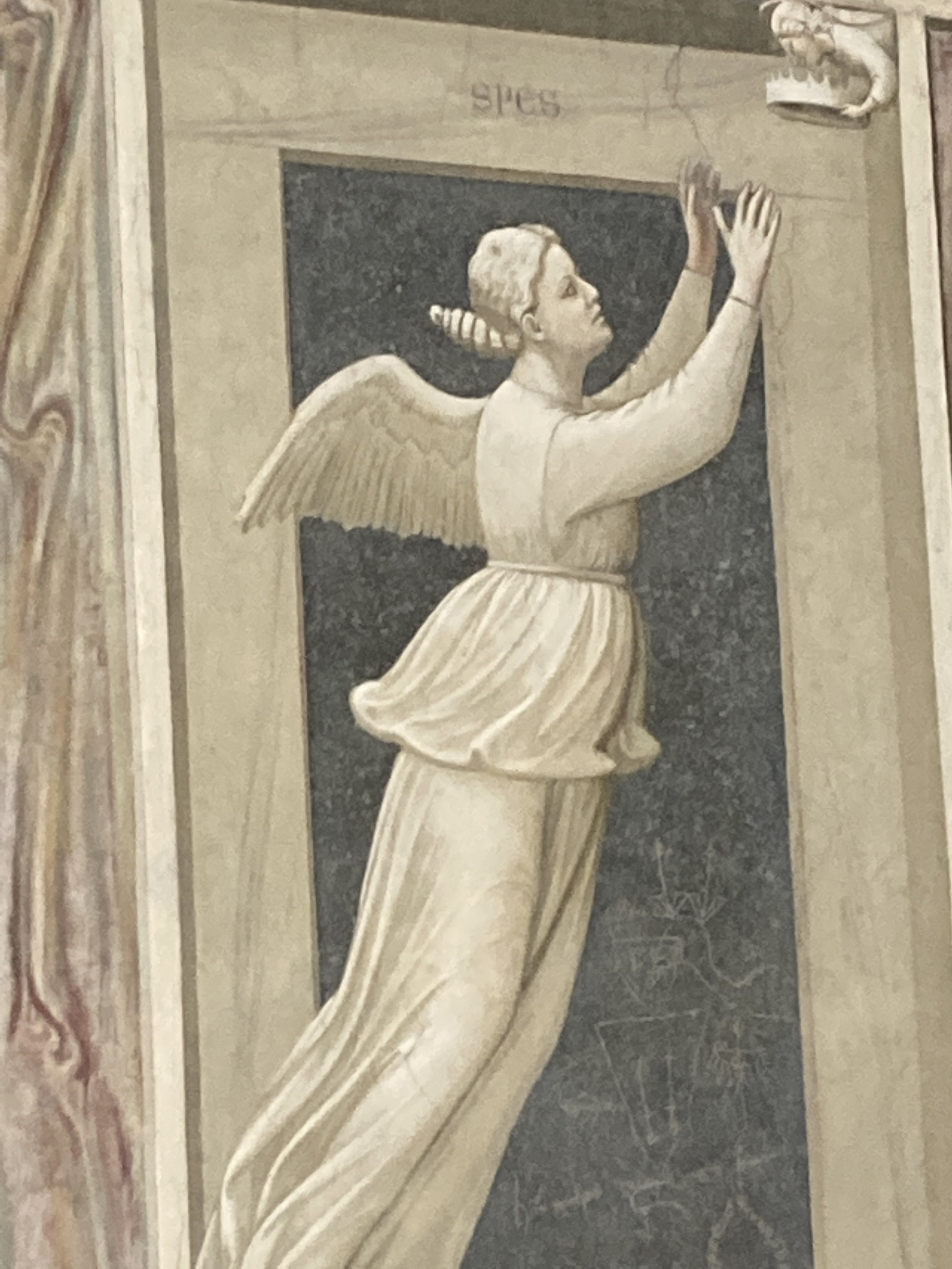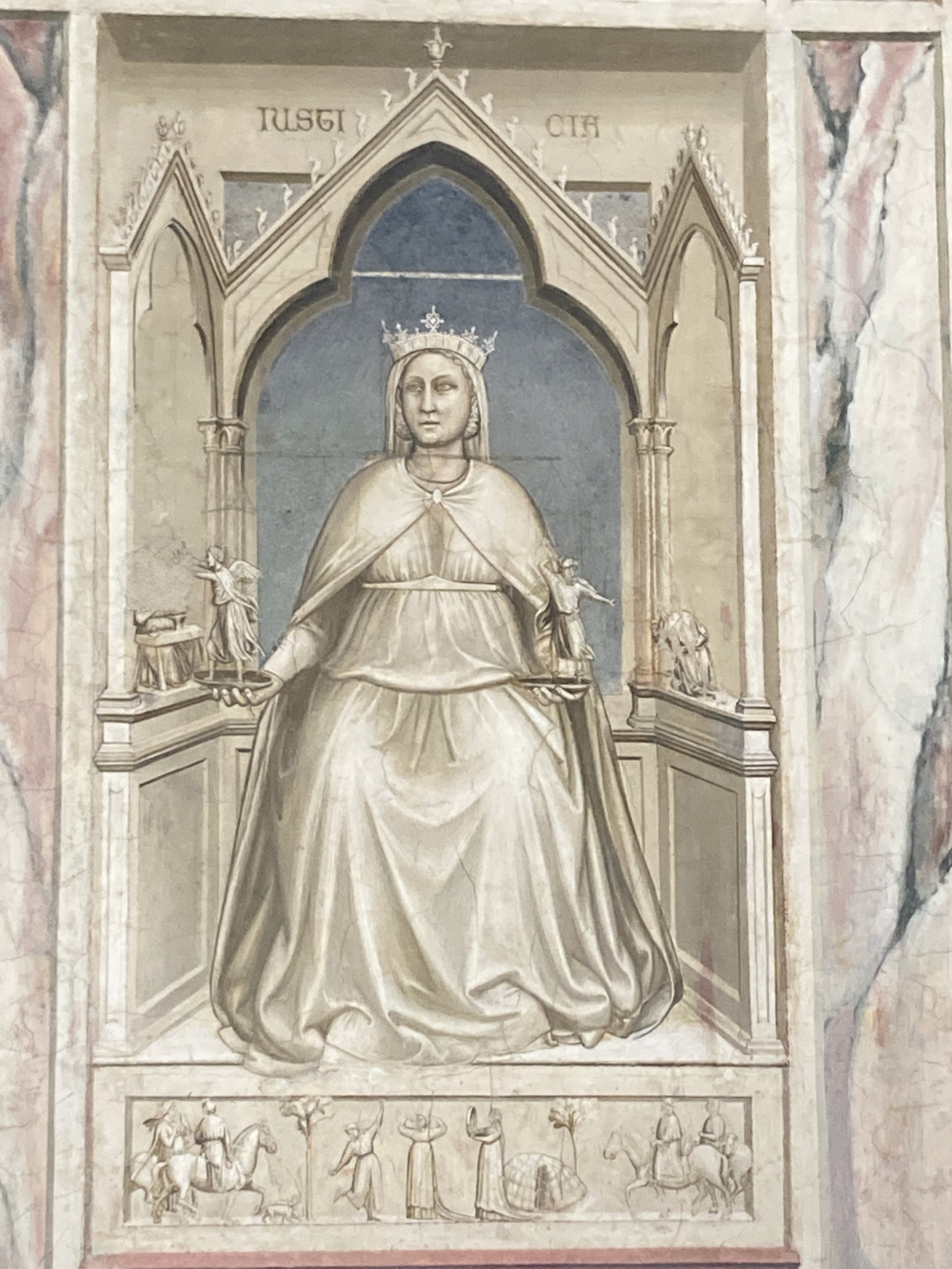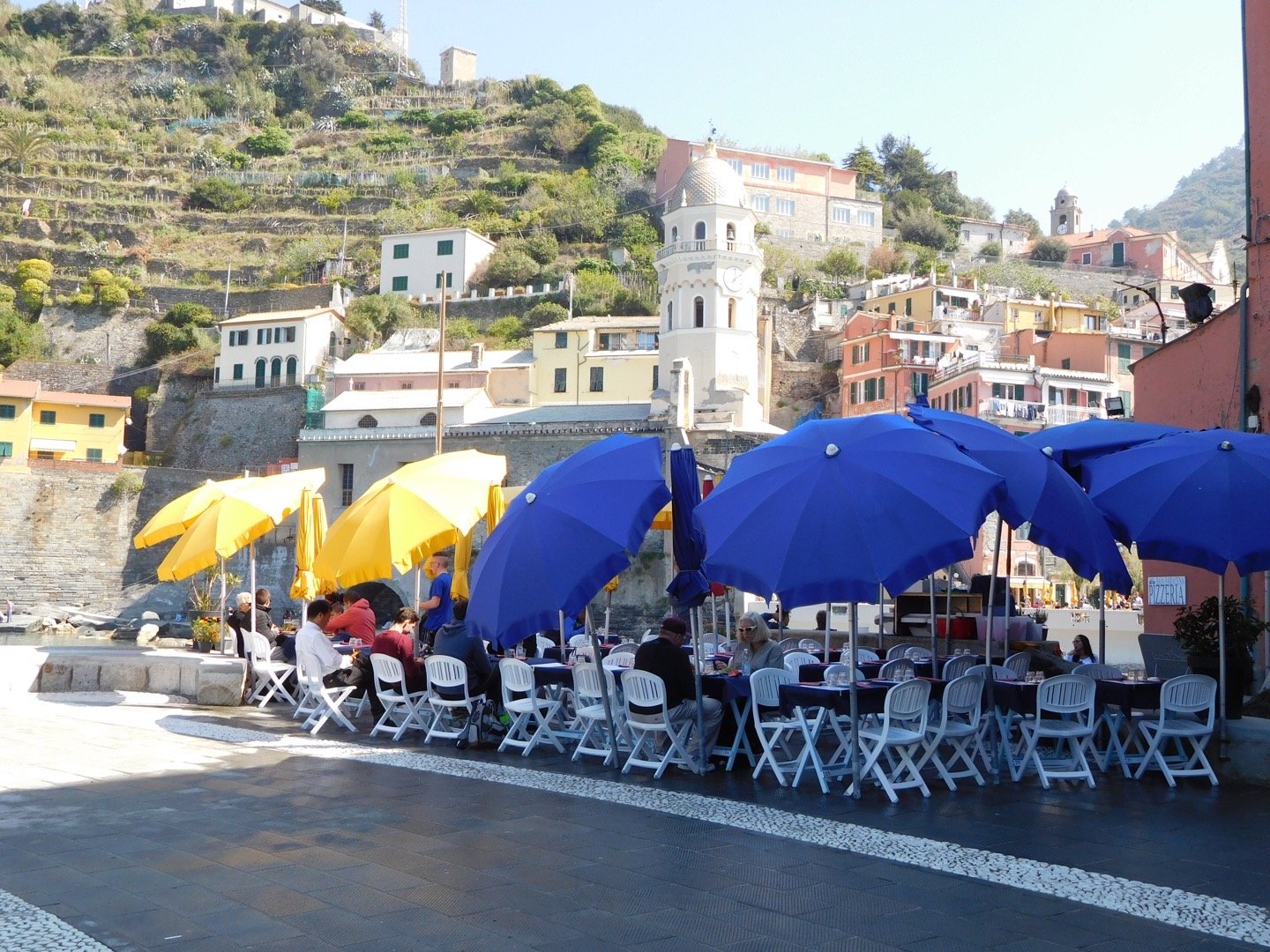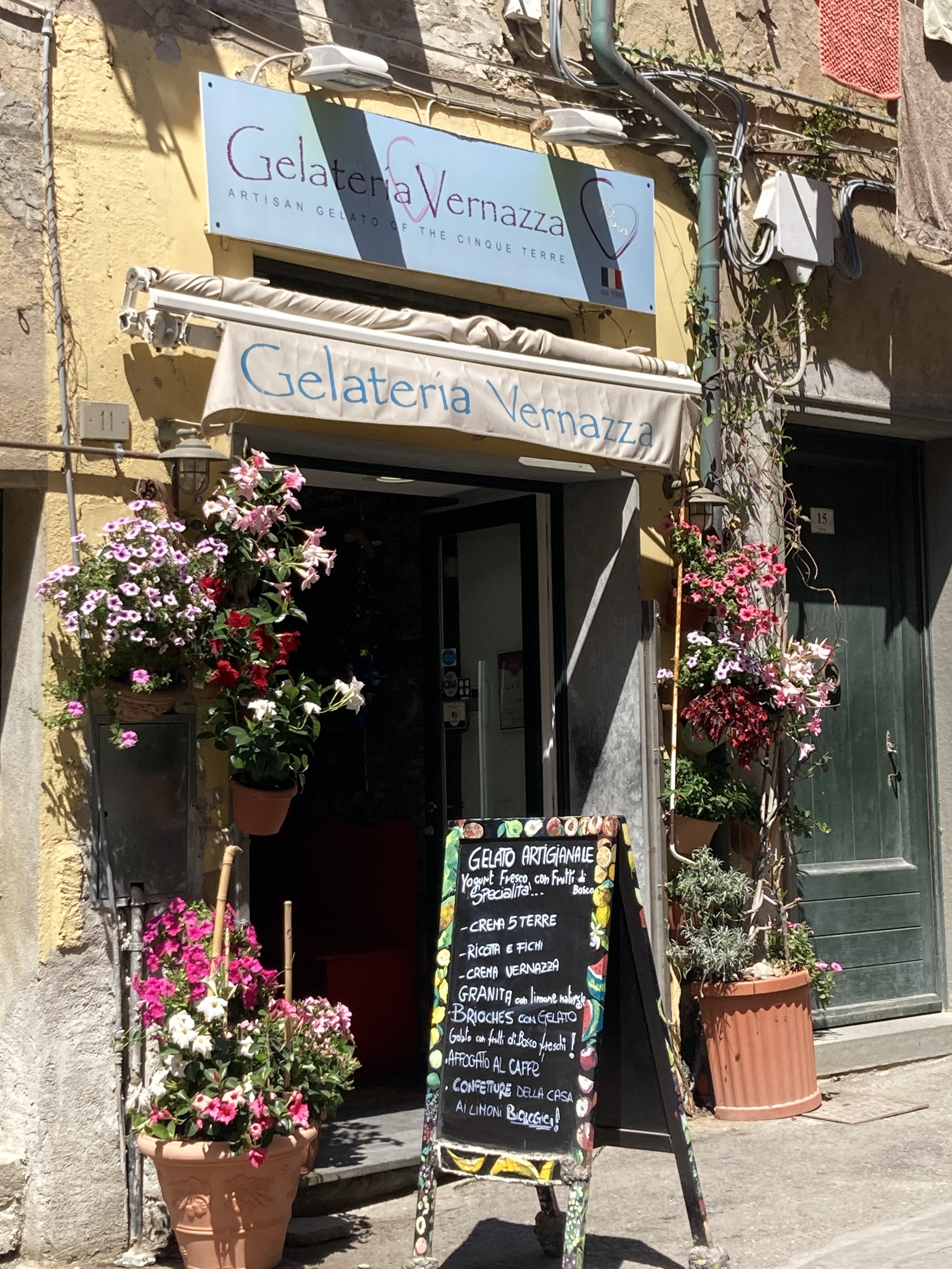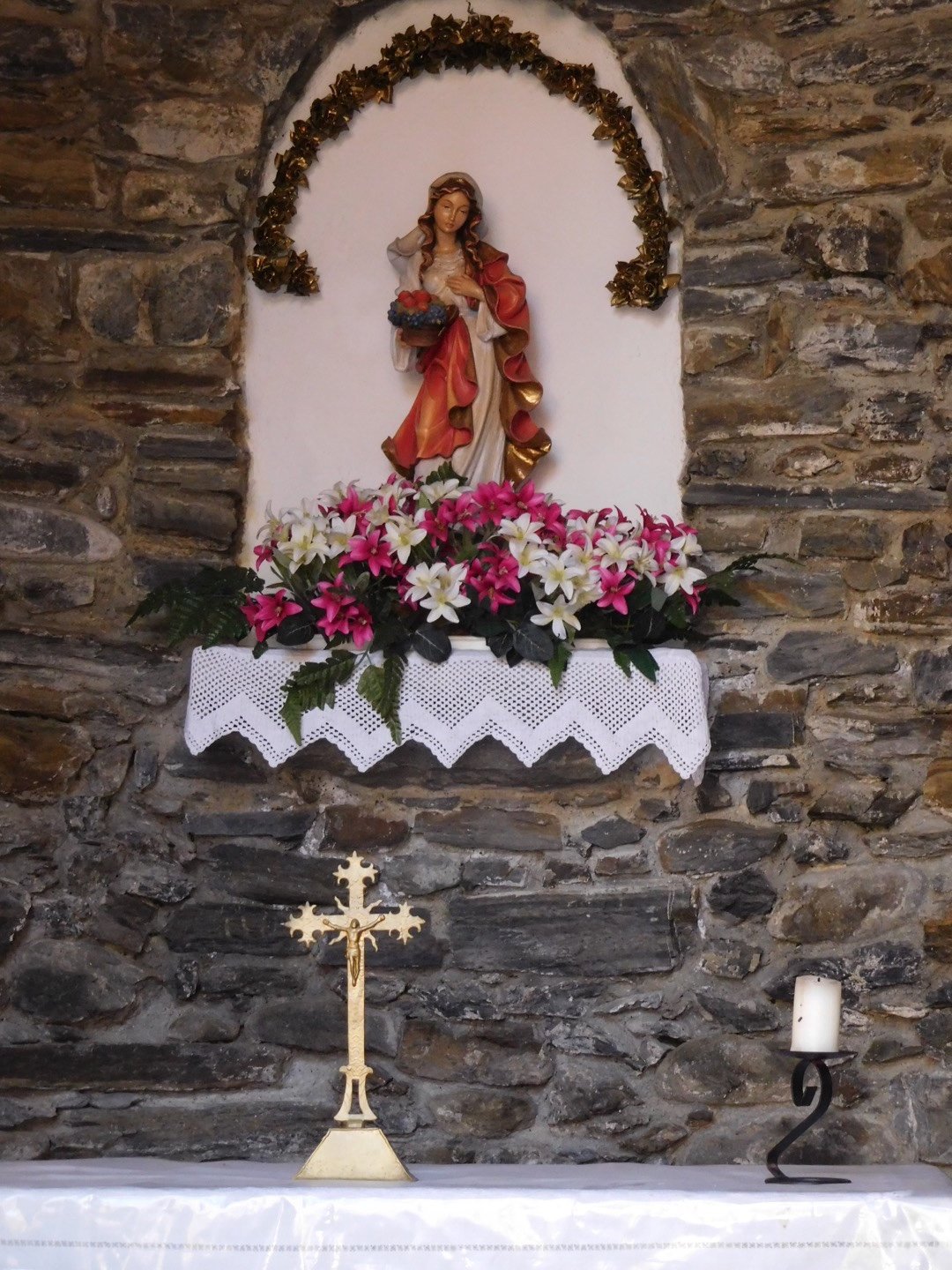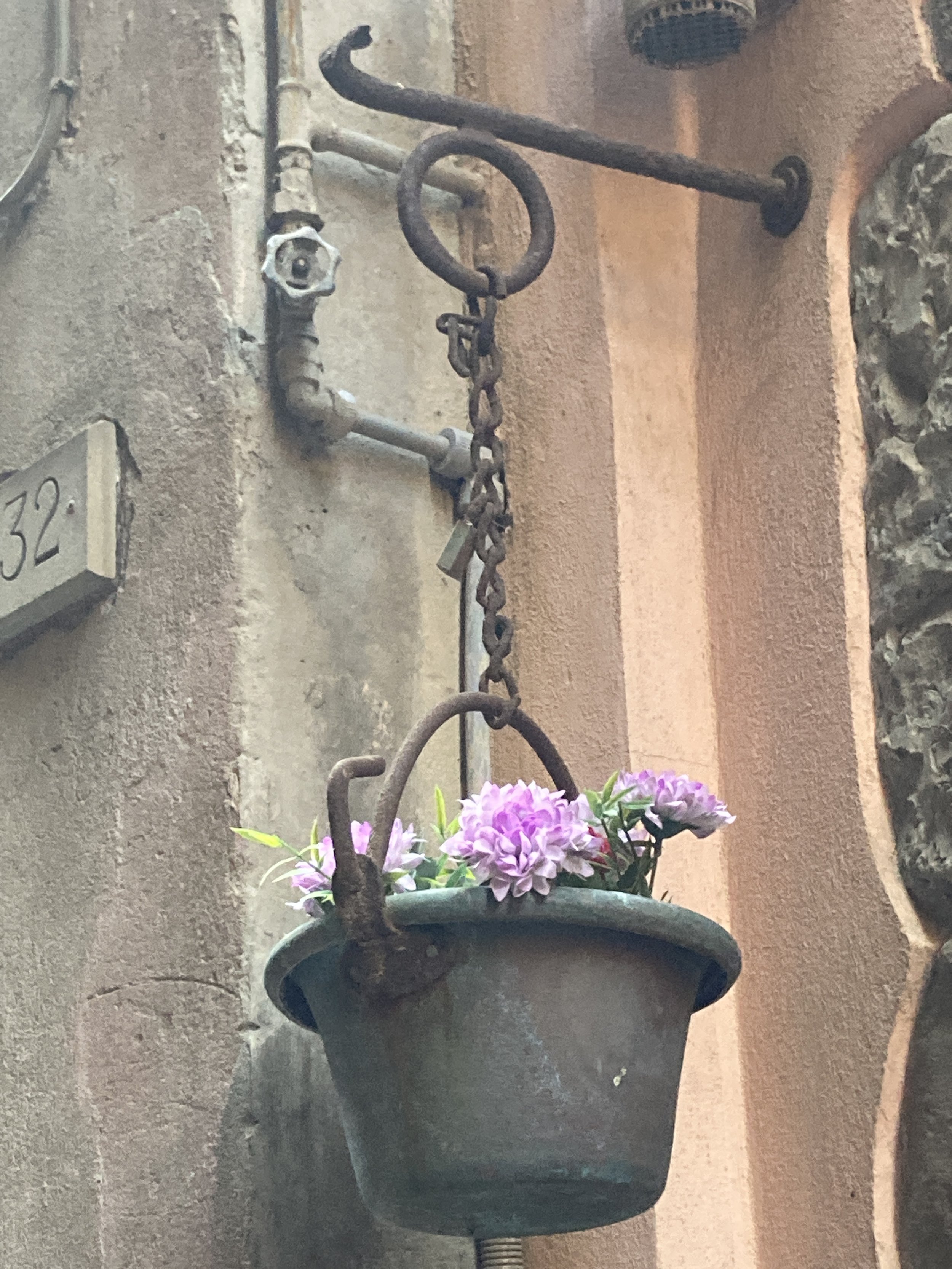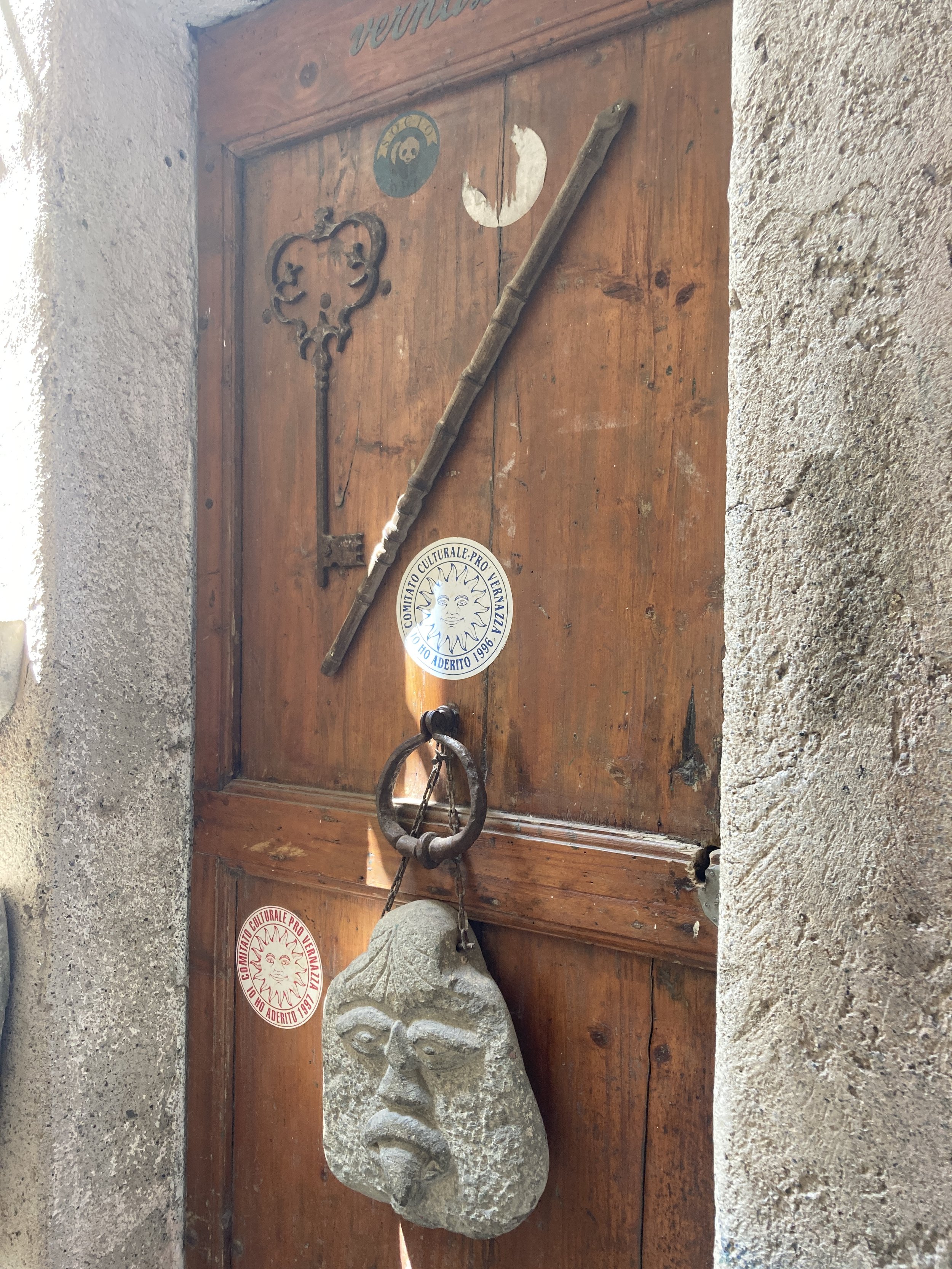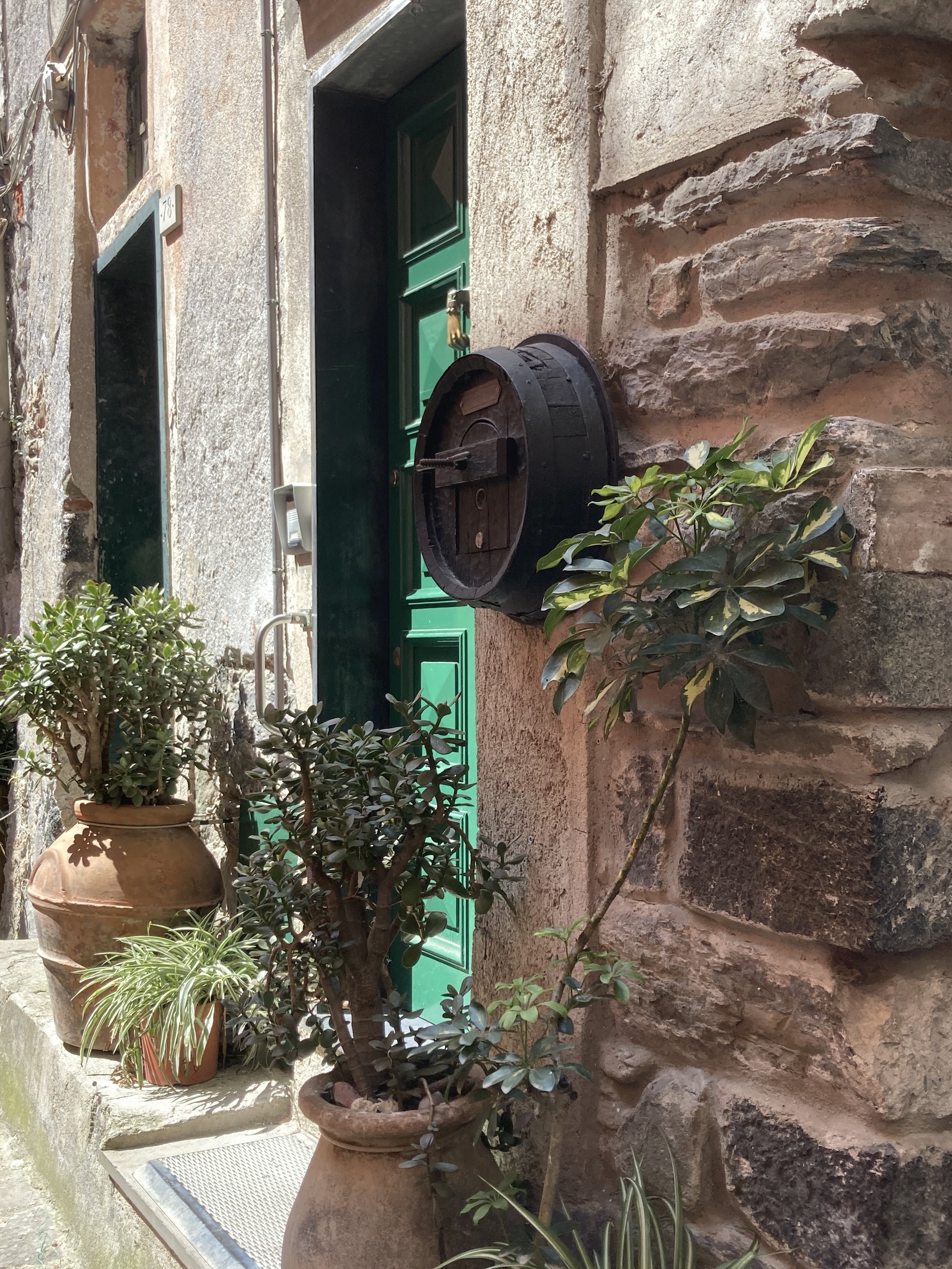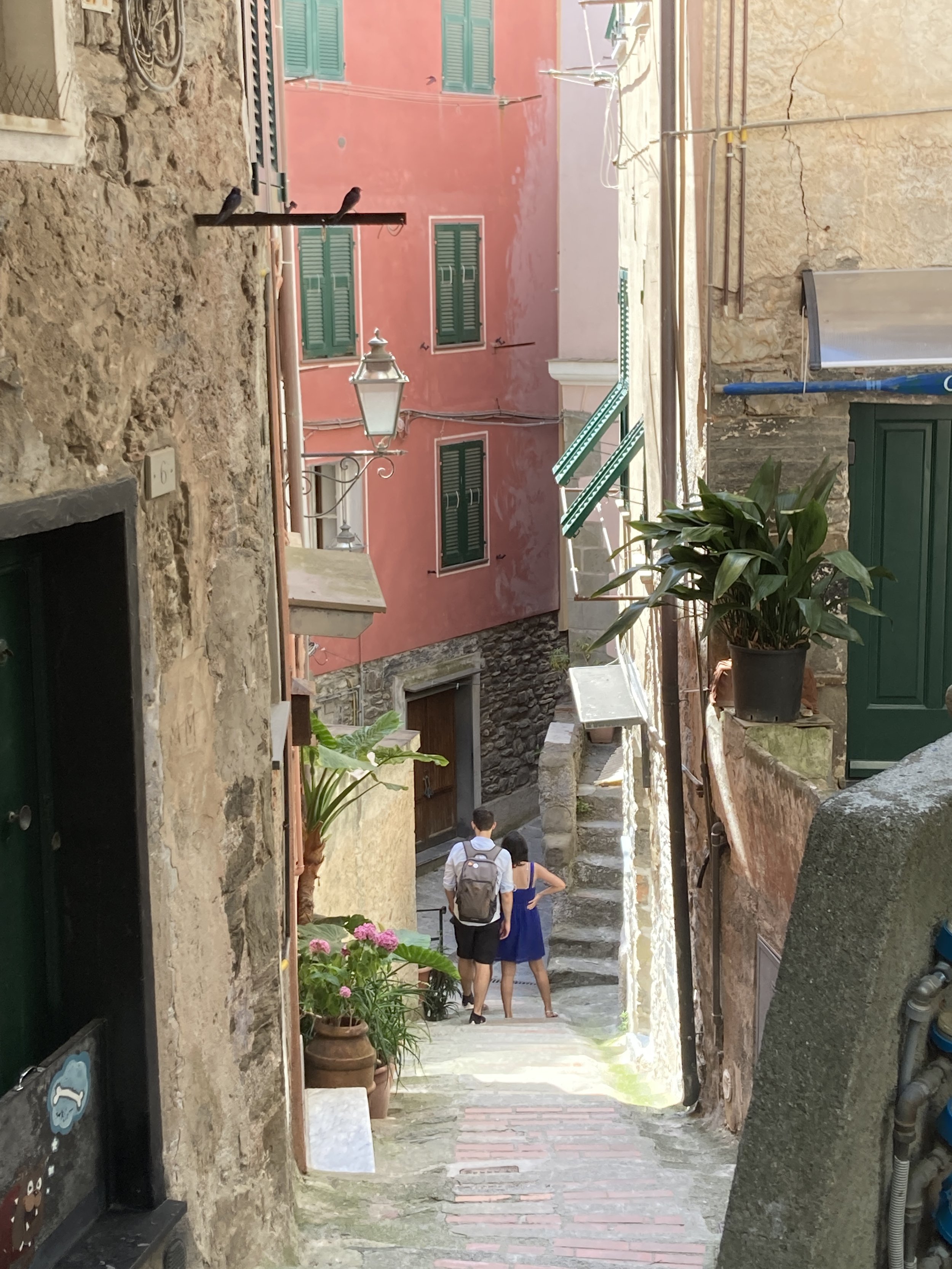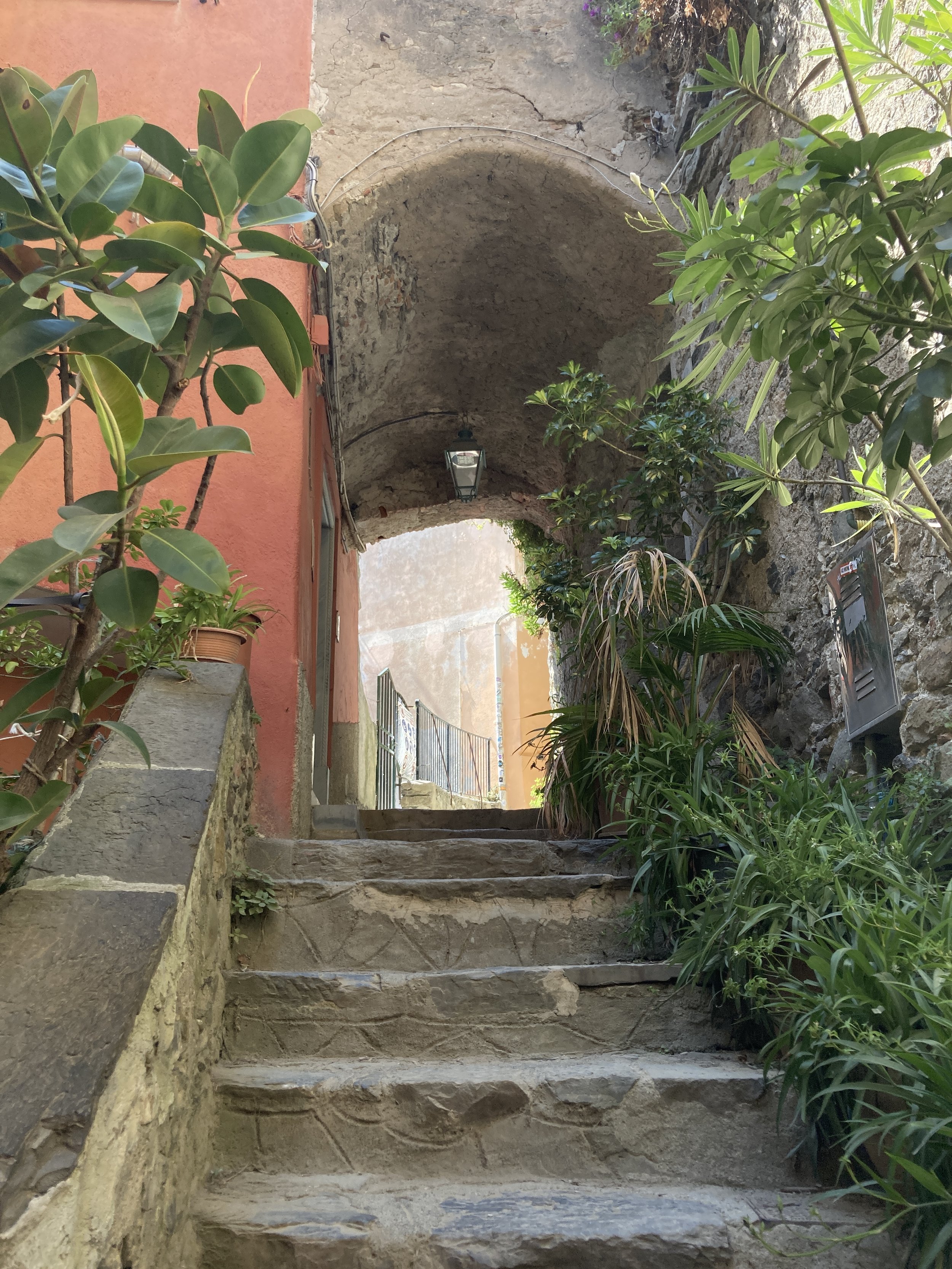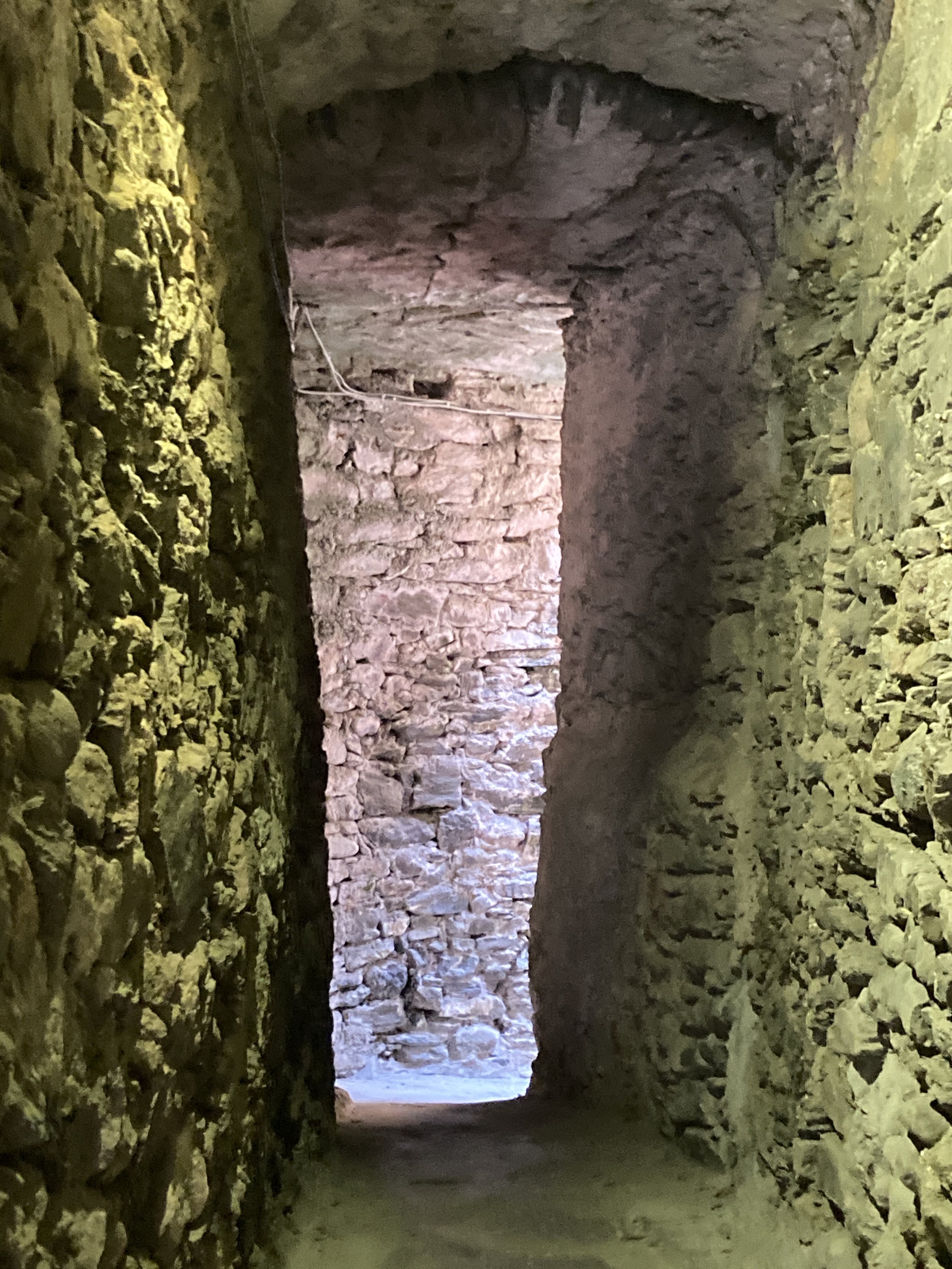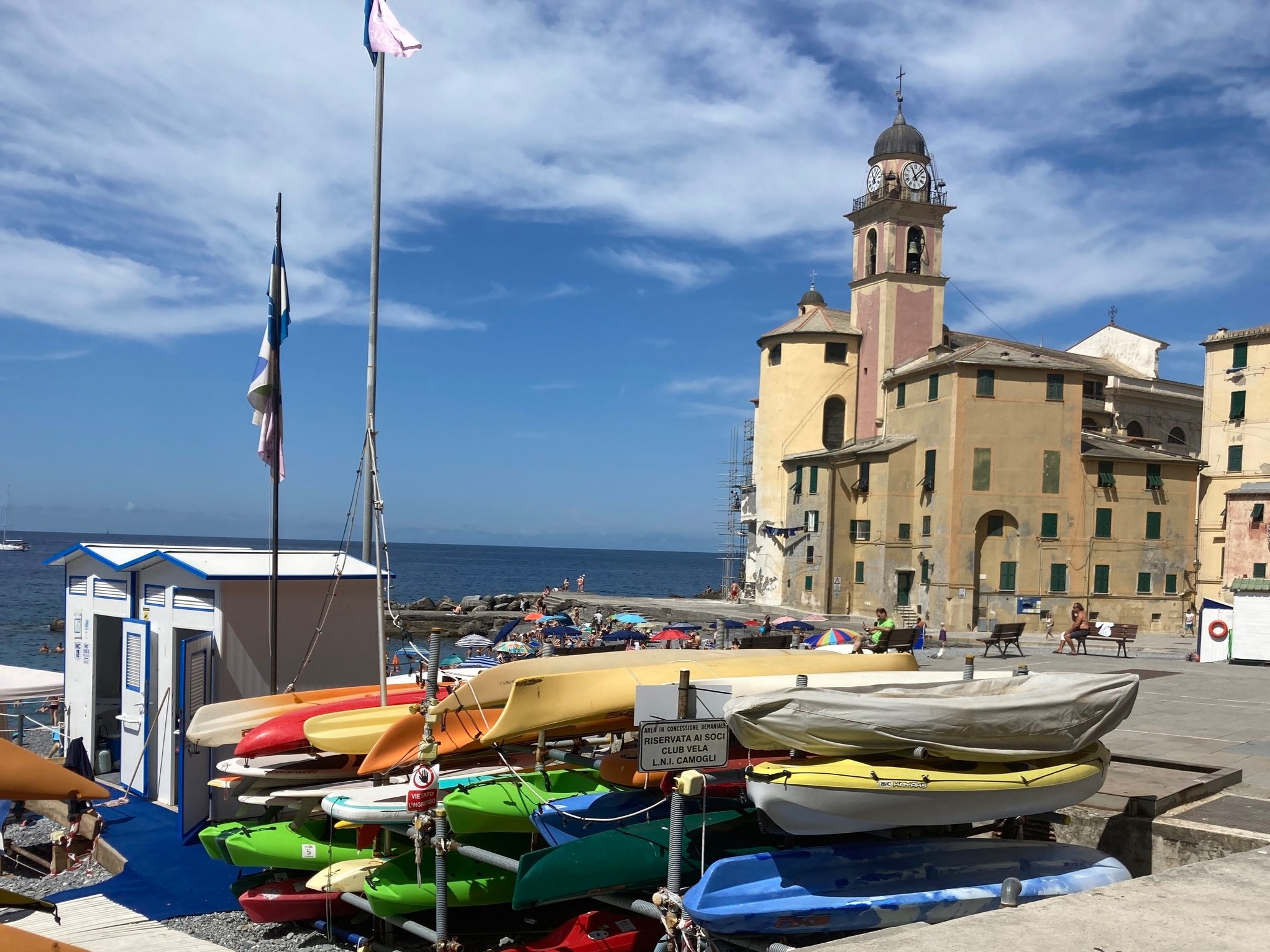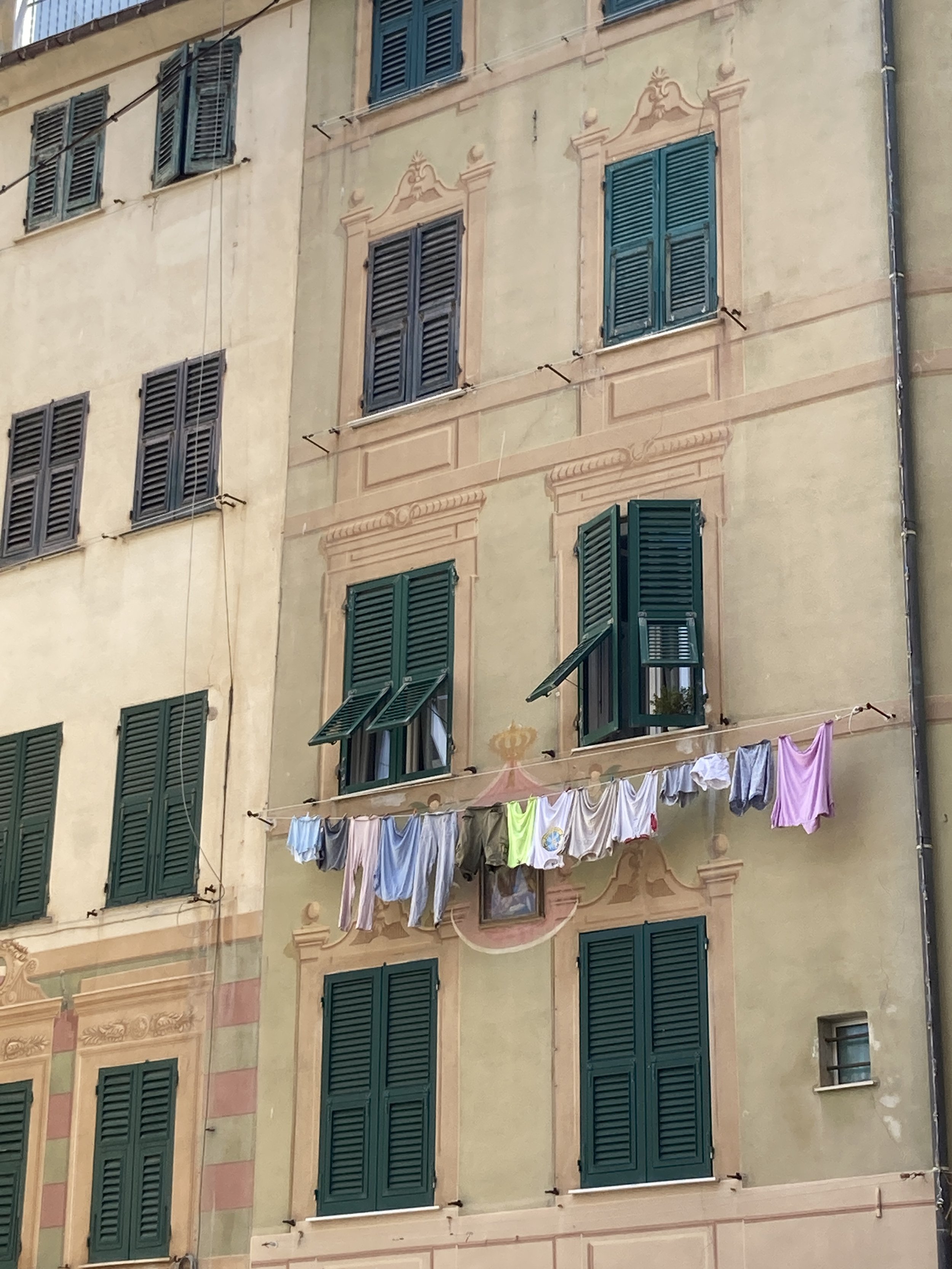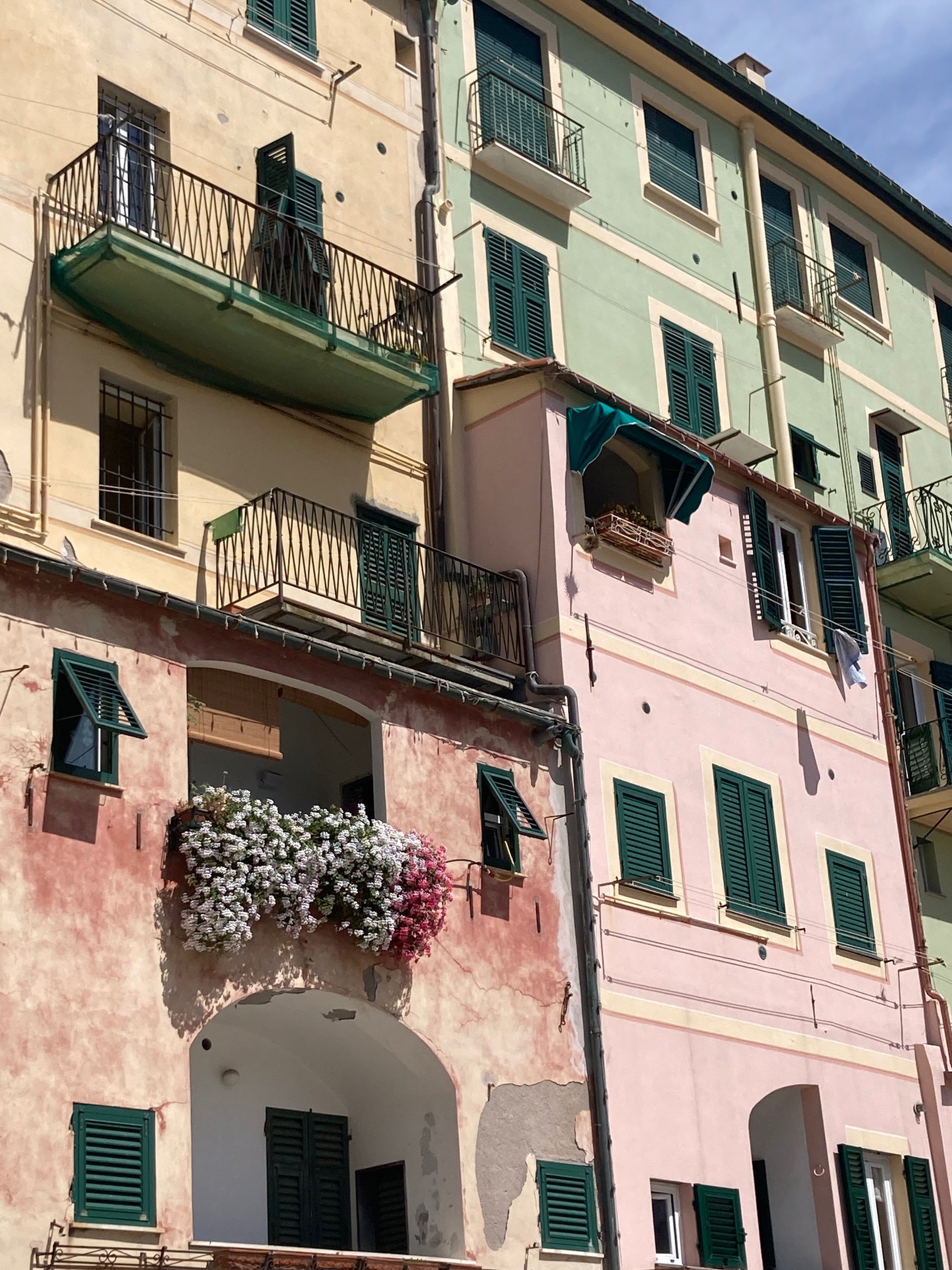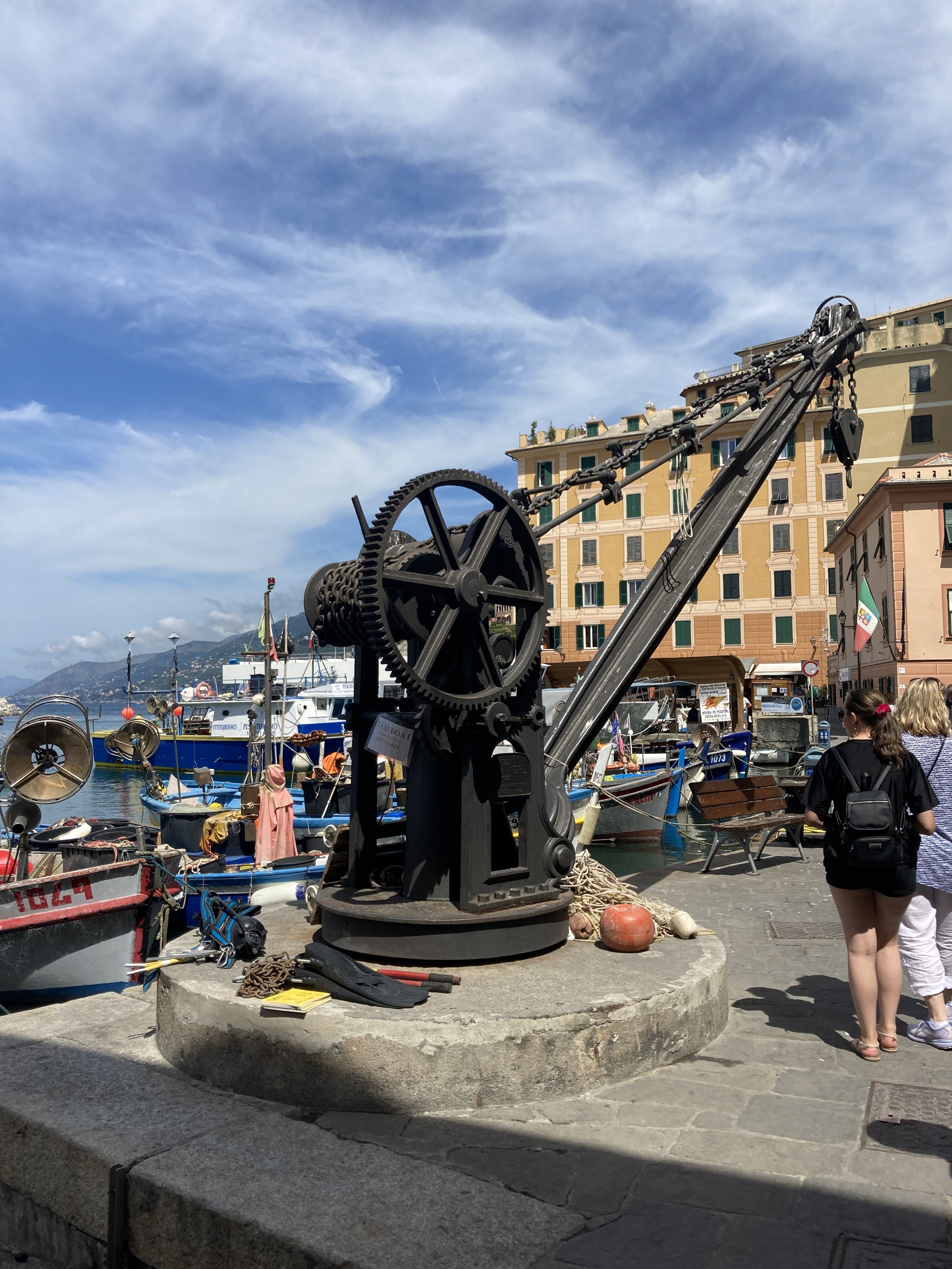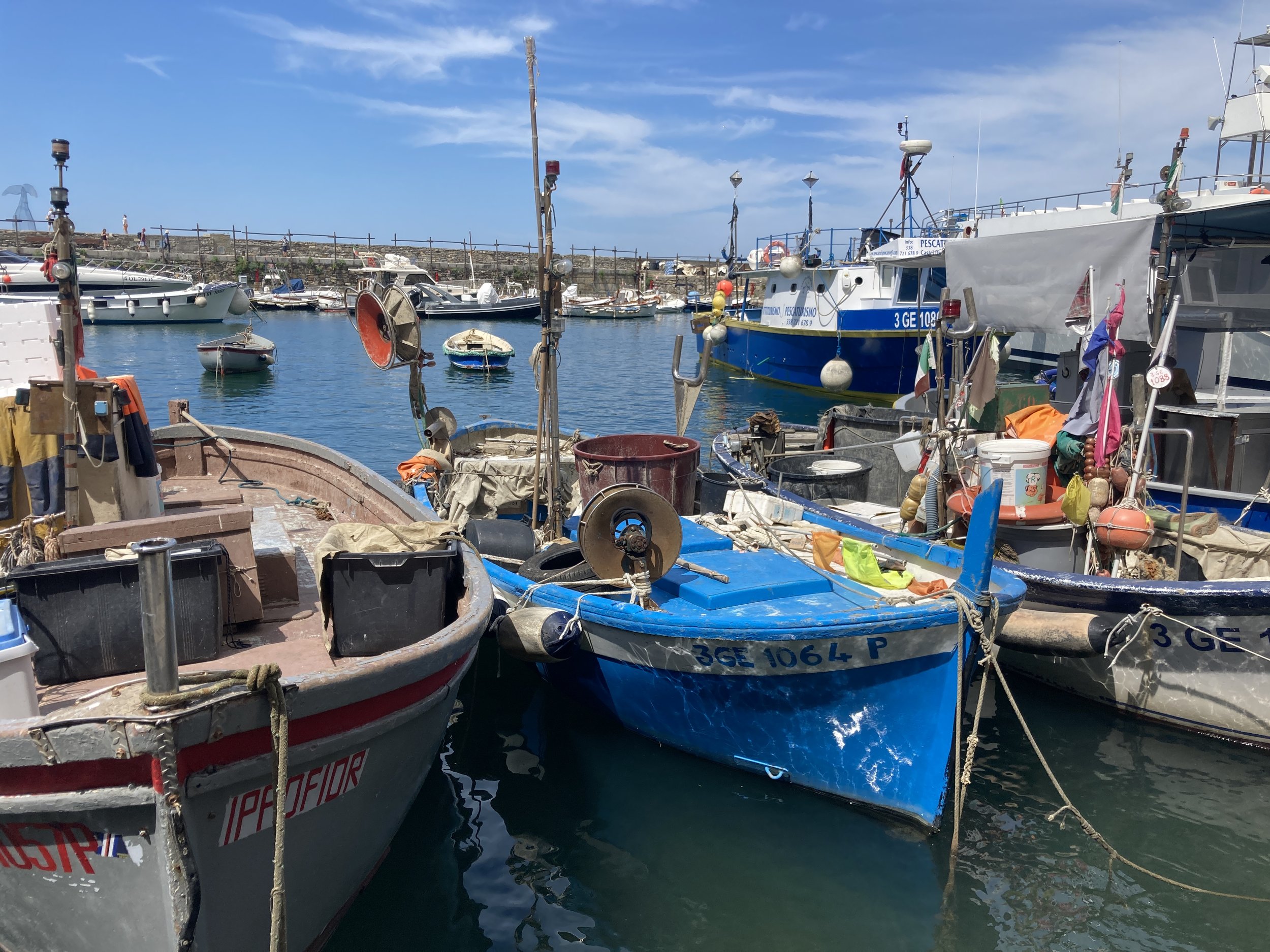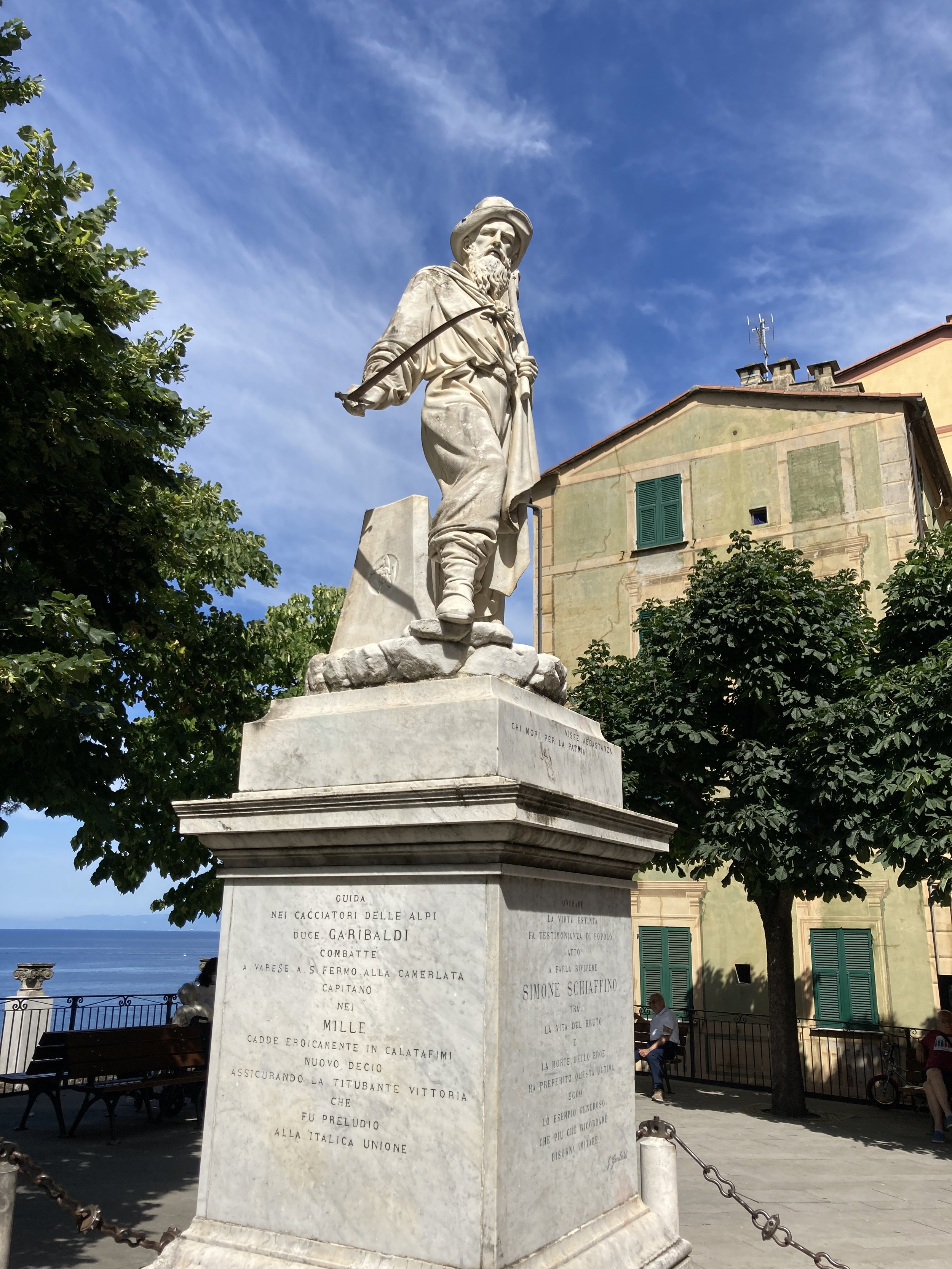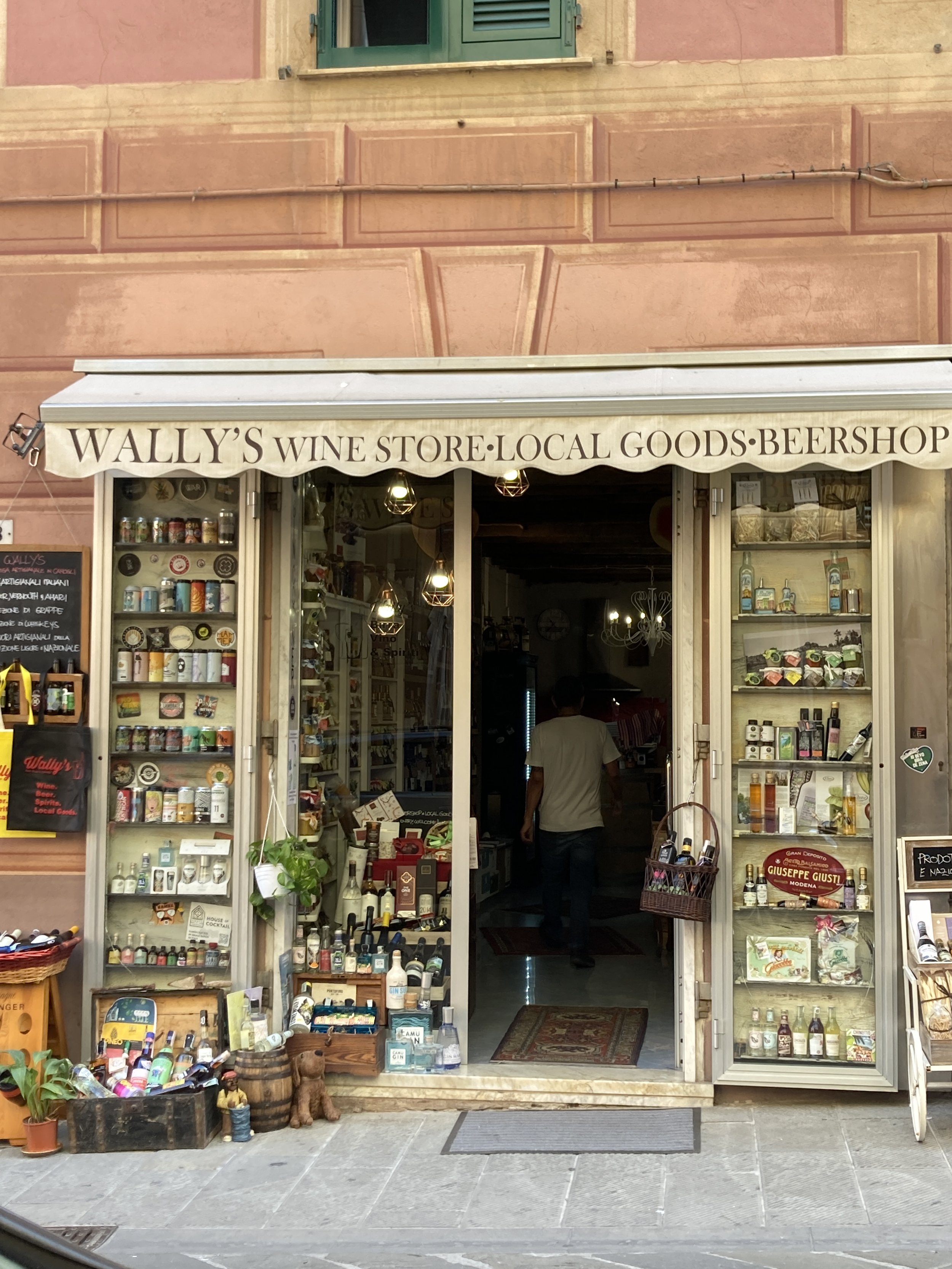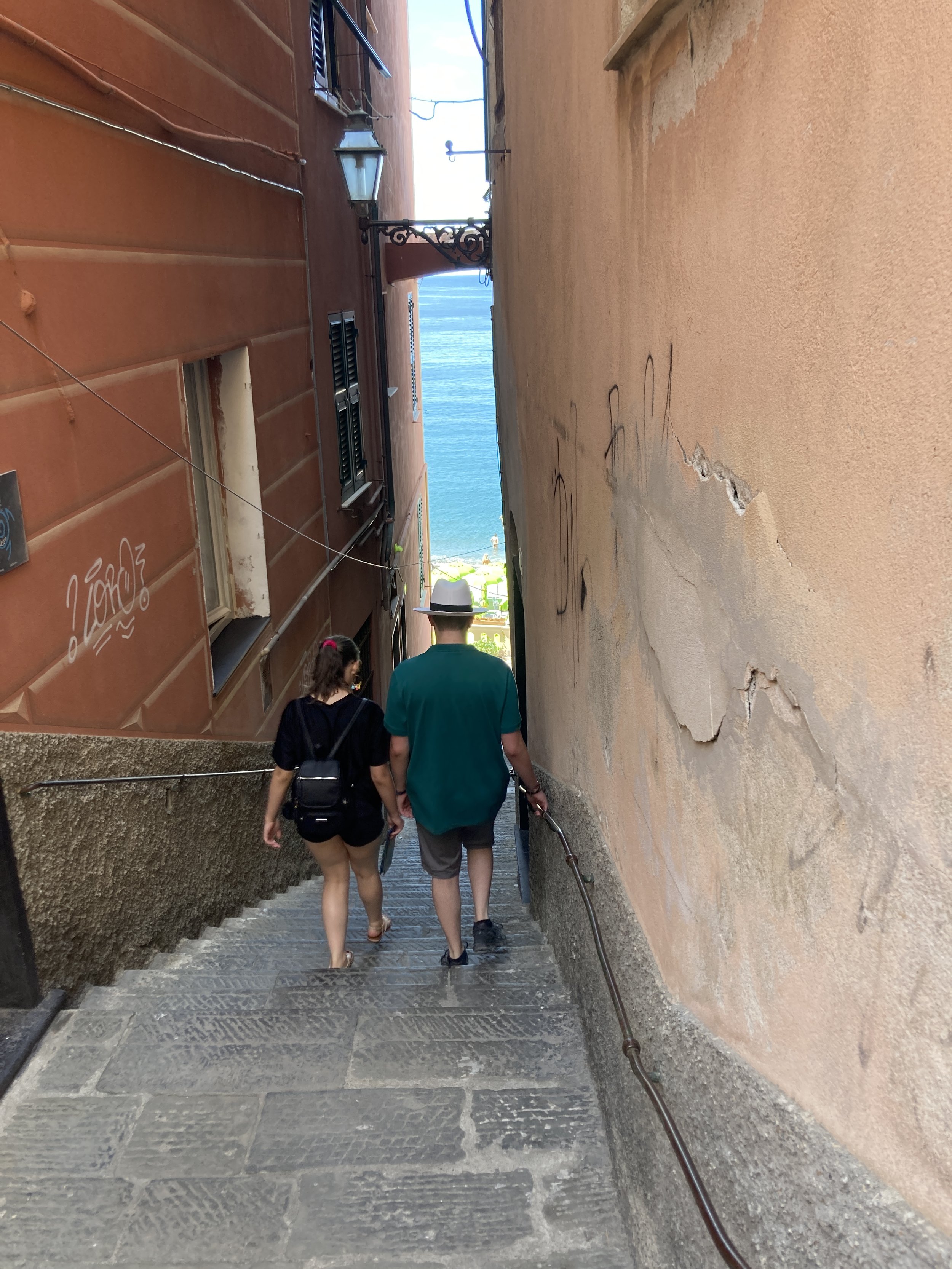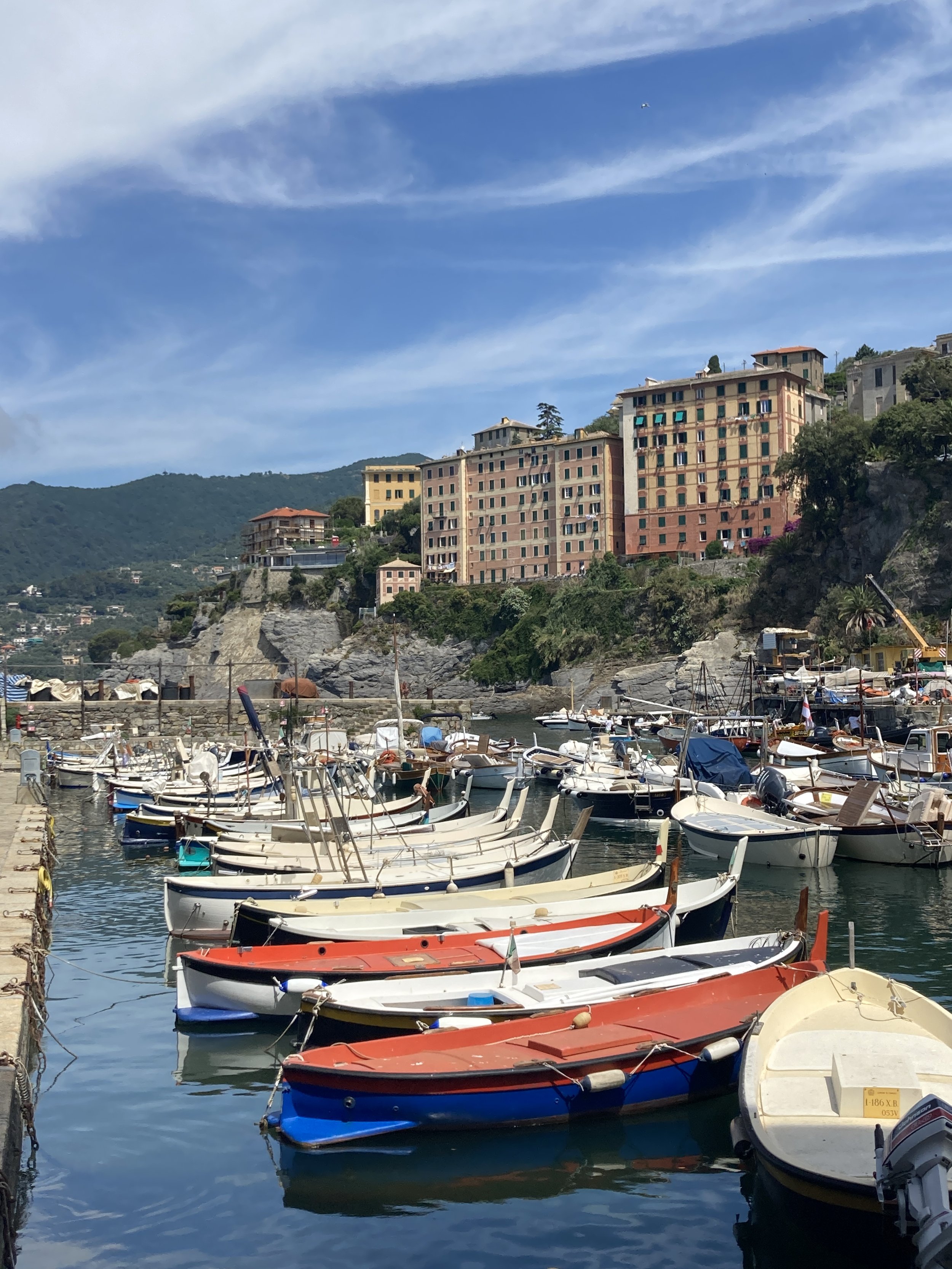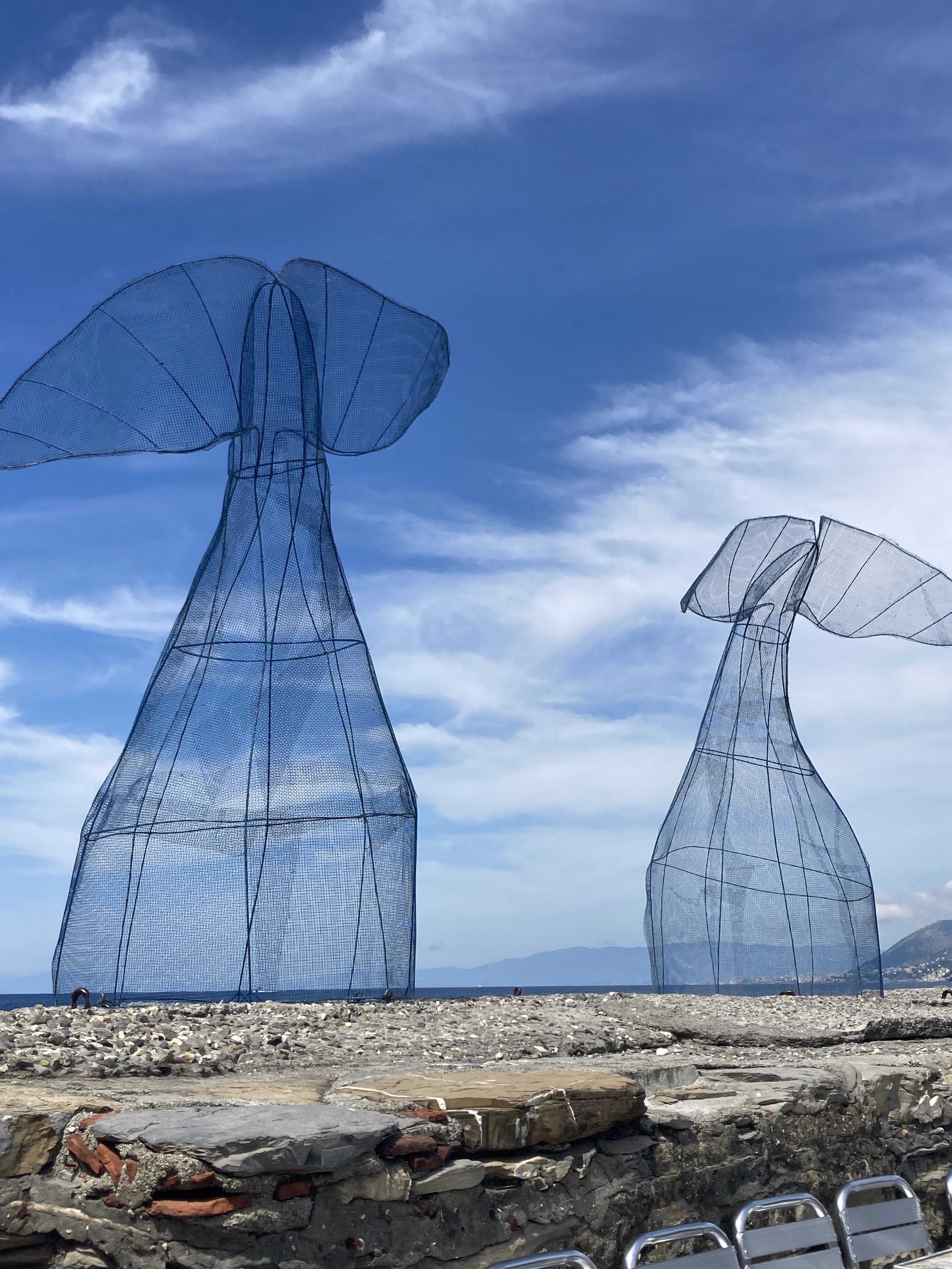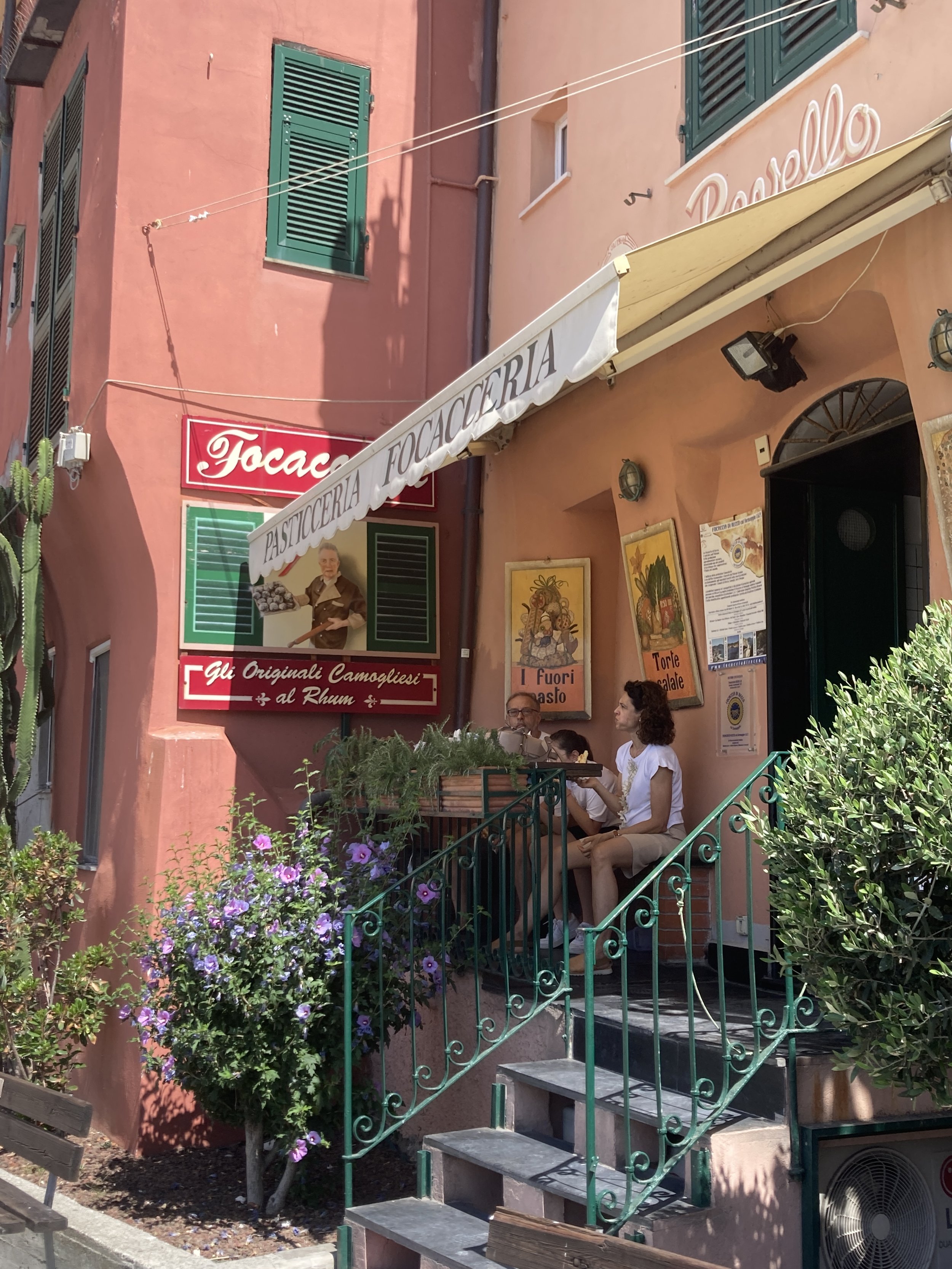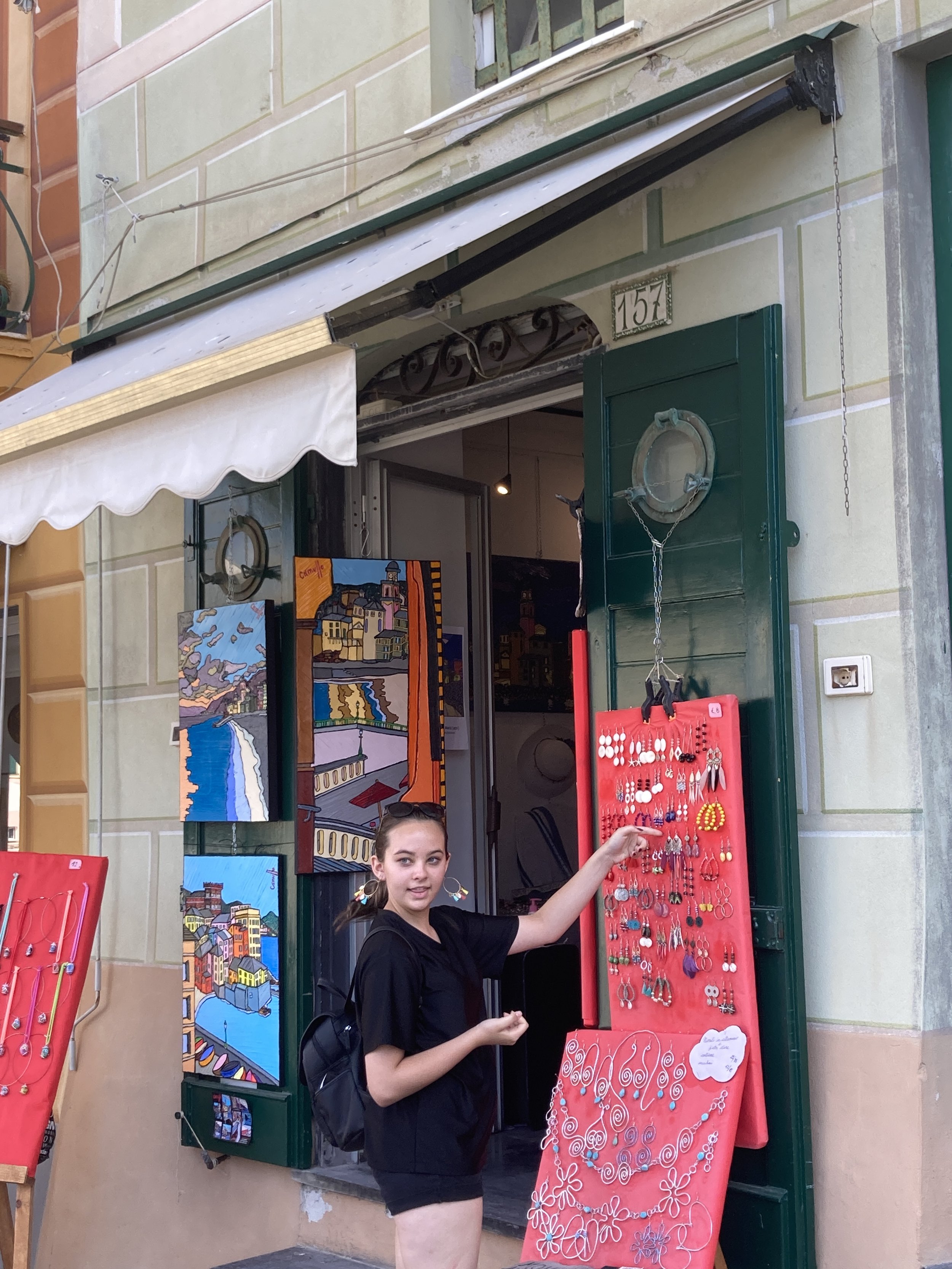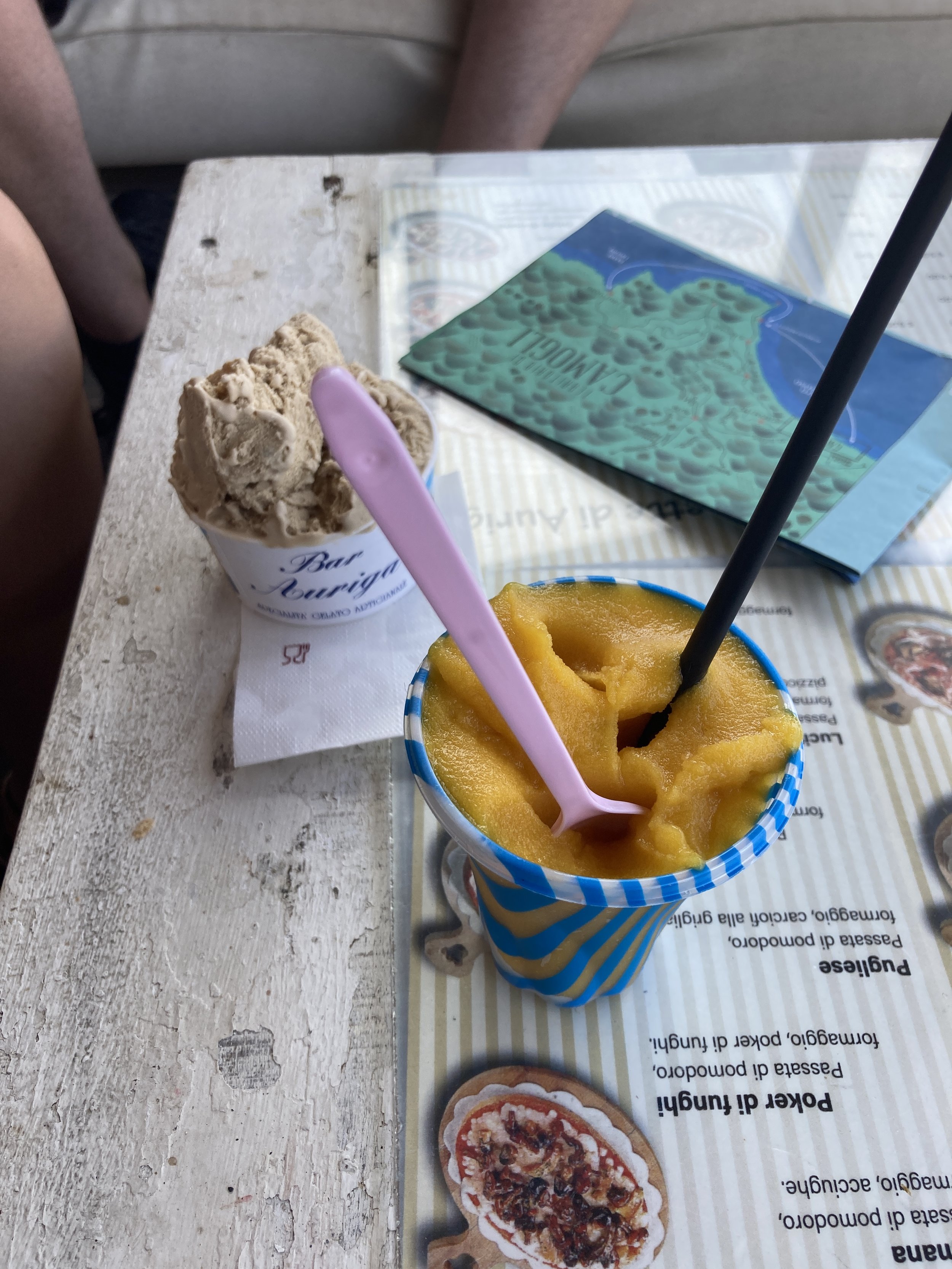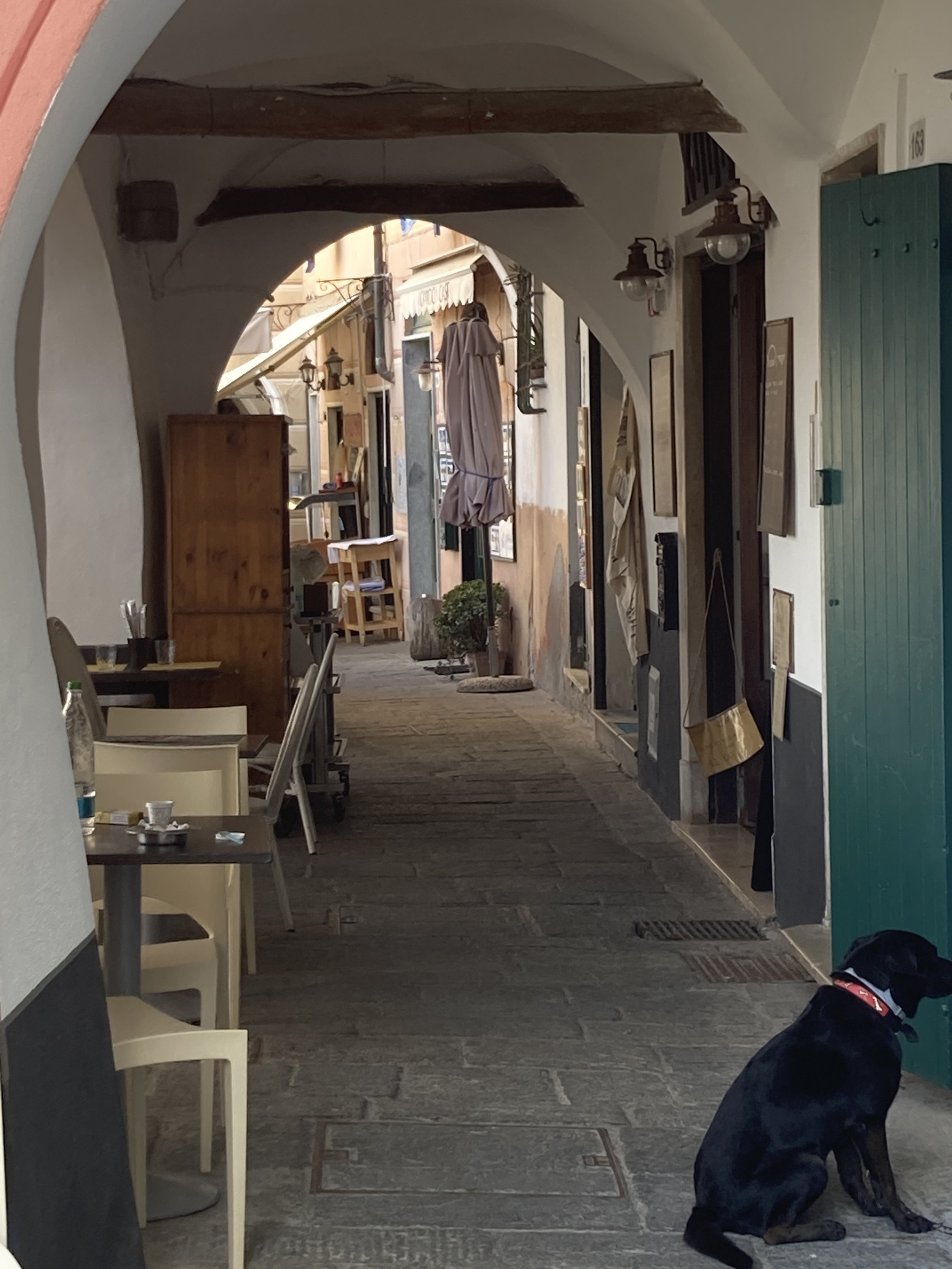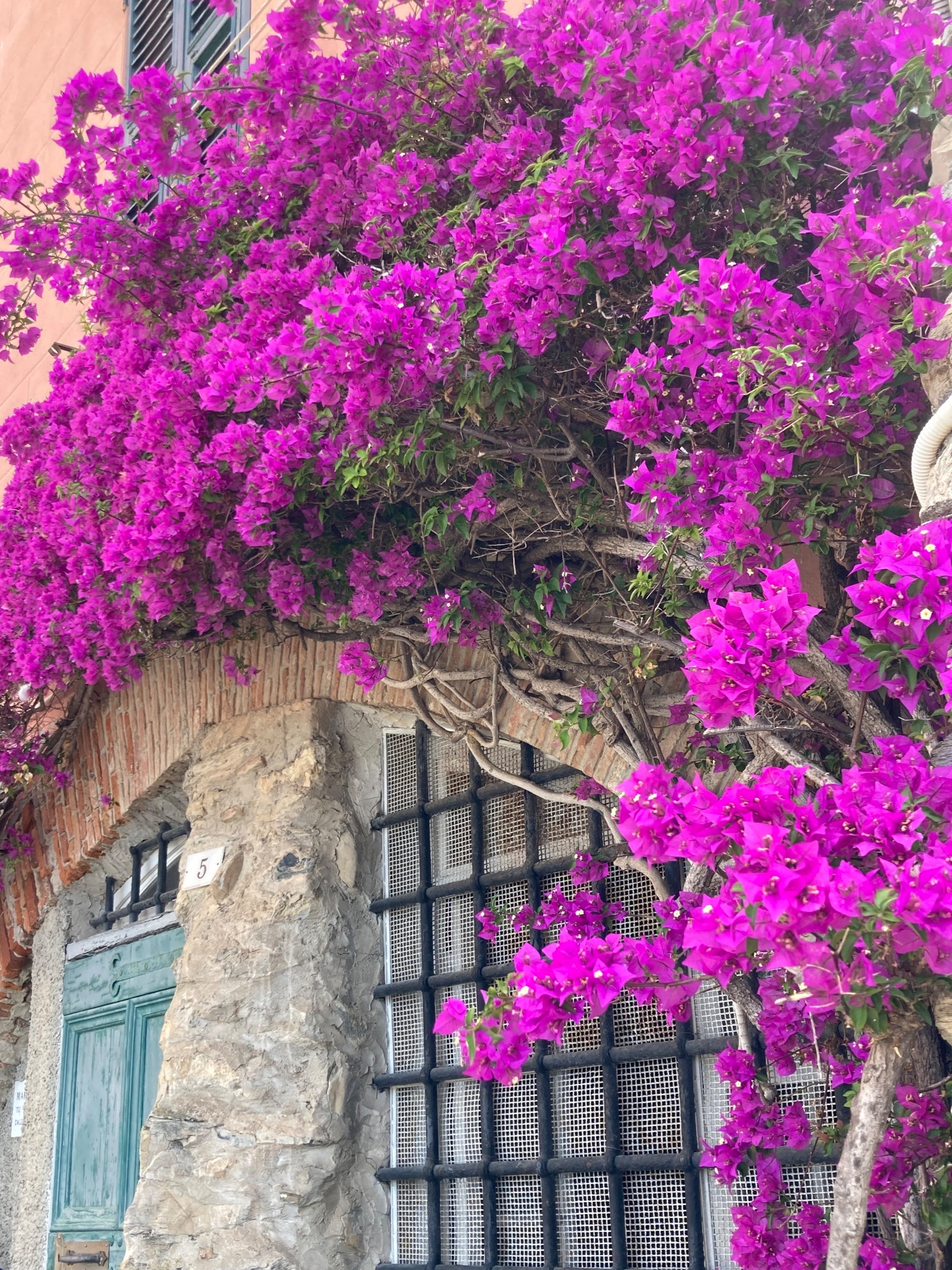An Artist In Tuscany
Flowers are often a focus of Kat’s work. Bright reds, yellows, purples, and shades of green - all stunning.
Could there be a more perfect place for an artist to live than Tuscany ? The light is magnificent, the sky a special shade of blue. The green hills shimmer and flowers appear in waves of color. There is something in the very air of Tuscany that inspires. All these magical Tuscan qualities come to life in the brushstrokes on canvas of artist Katerina (Kat) Ring.
Originally from California, Kat has lived and studied in many places. All of them have influenced her art – from Coronado Island, to Europe and even a decade of living in Zambia where she was inspired by African wildlife and vistas.
Today, Kat lives just outside the Tuscan town of Lucca where she paints local scenes, landscapes, flowers spilling from windows or blooming in fields, and slices of everyday Tuscan life.
Of course there is Italian magic well beyond the borders of Tuscany, and so Kat often ventures to other areas of Italy, especially to the seaside, capturing the essence of these places in paint.
Lerici, on the Bay of Poets, captured in an oil painting.
Painting mostly in oils, Kat is an artist “en plein air” – which means you are likely to find her easel set up alongside a rustic building, a sparking bay filled with boats, a field of flowers, an old bridge, or a pretty street. And she is sure to stop for a field of sunflowers or a tree heavy with ripe figs.
Kat describes her style like this: She prefers painting-in-place and capturing the sights, scents, light, and feel of a place. Her paintings do not strive to be photographic snapshots. Rather her scenes unfold as she perceives them - the periphery abstract, adding to the total picture but a bit out of focus. Moving toward the central image things become more clear, less abstract, more impressionistic. Finally, there is clarity and detail towards the center as the eye focuses on an object or group of objects.
Windows are always fascinating and this one is captured perfectly.
Kat’s paintings are compelling for anyone who loves Italy – the use of color, the gorgeous flowers, the windows, the countryside, the sea. They transport the viewer directly into the heart of Italy. To see more examples of Kat’s work, her portfolio can be found at www.katring.com and on Facebook.
This Tuscan landscape by Kat Ring hangs in my apartment in Italy. It evokes everything I love about the Tuscan countryside
The gallery is open from Sept 1 - Oct 16, lots of lovely works to see.
If you happen to be in Lucca this fall, you’ll find Kat’s “pop up gallery” at the north end of Via Fillungo, near the medieval Porta dei Borghi gate, from September 1st through October 22nd. Her recent works are on display and she is on hand for questions about the places and scenes in the paintings.
Contact info:
Instagram: katringpaints
Website: www. katring.com
Email: ringkat2@gmail.com
All images used with permission.

